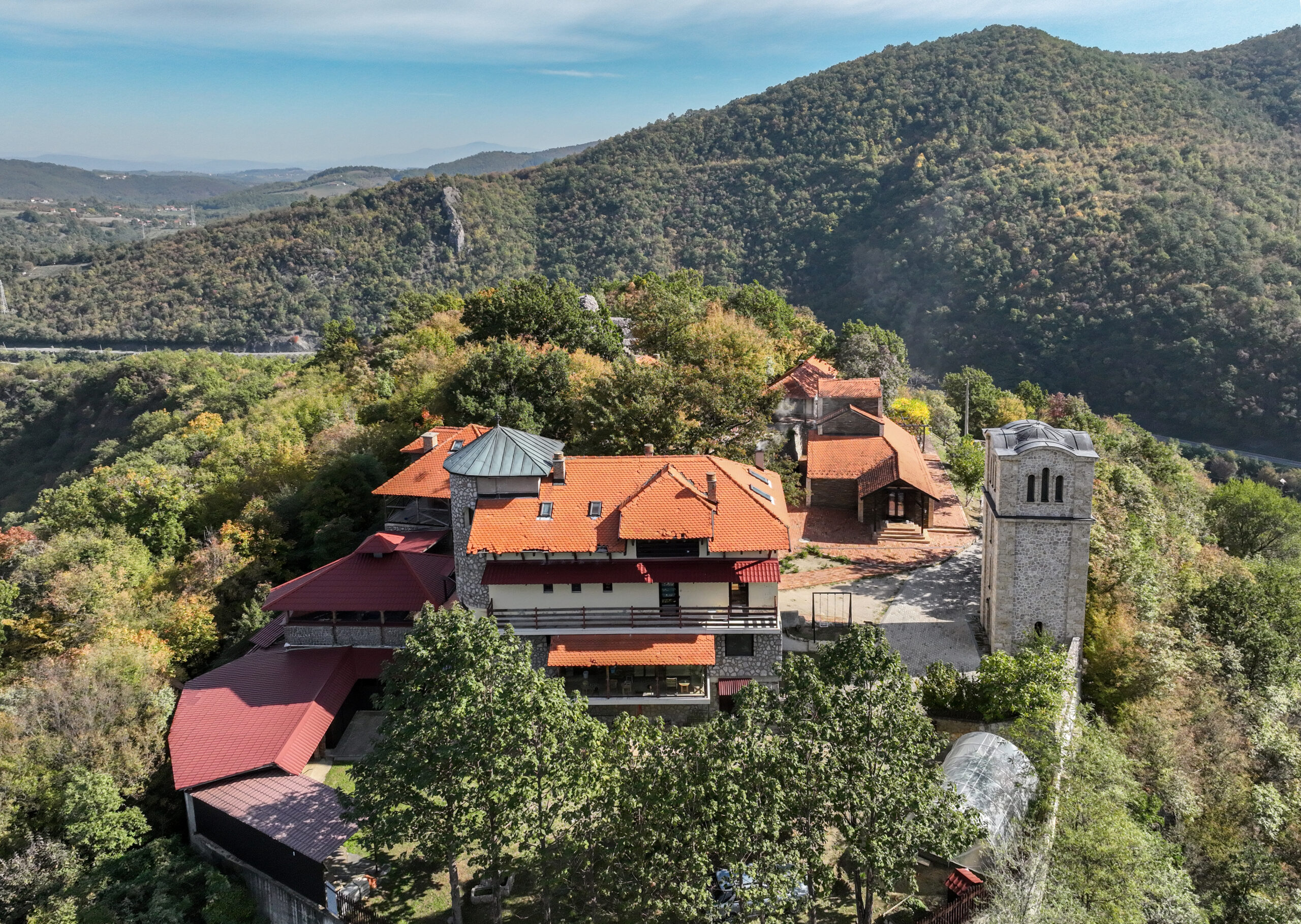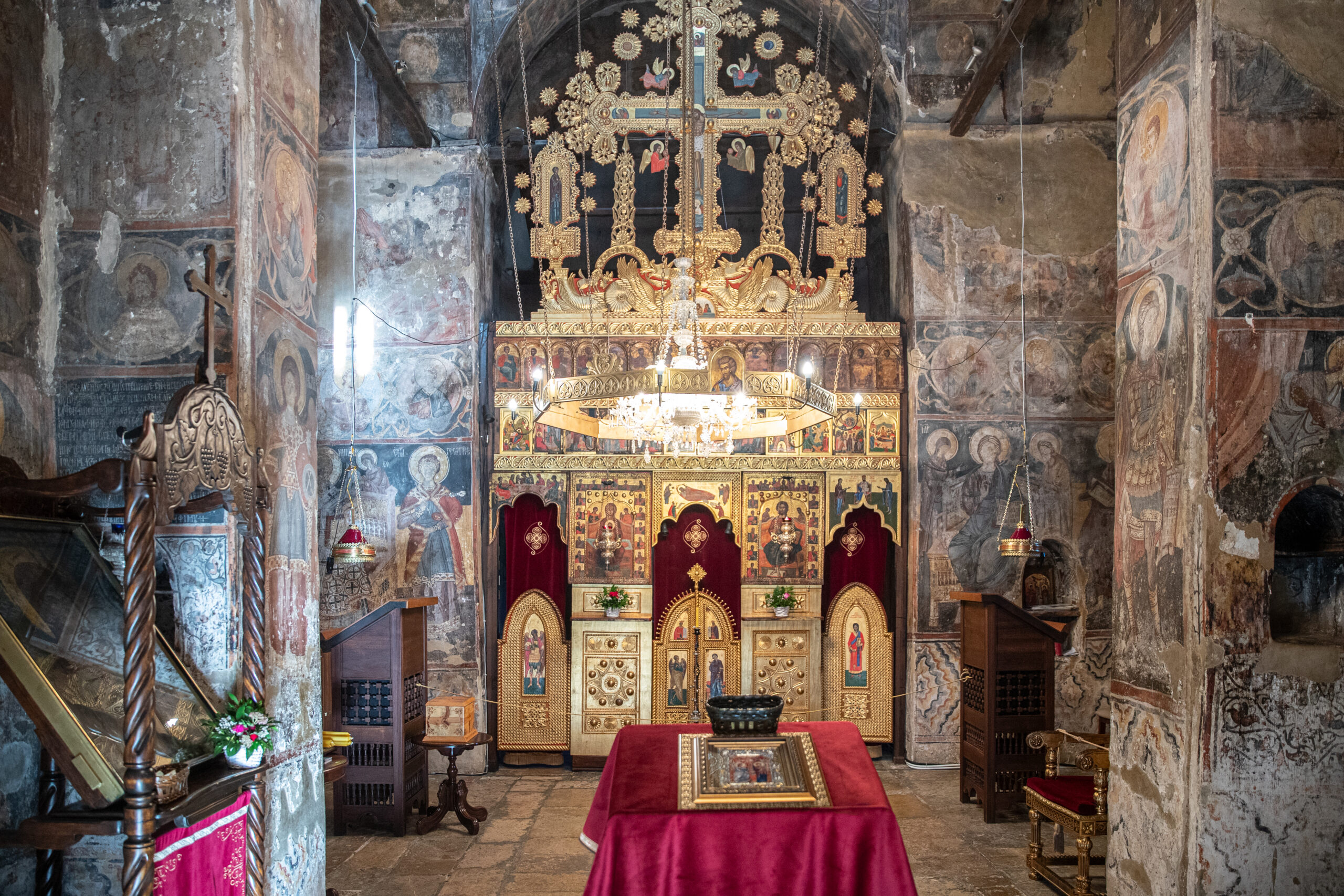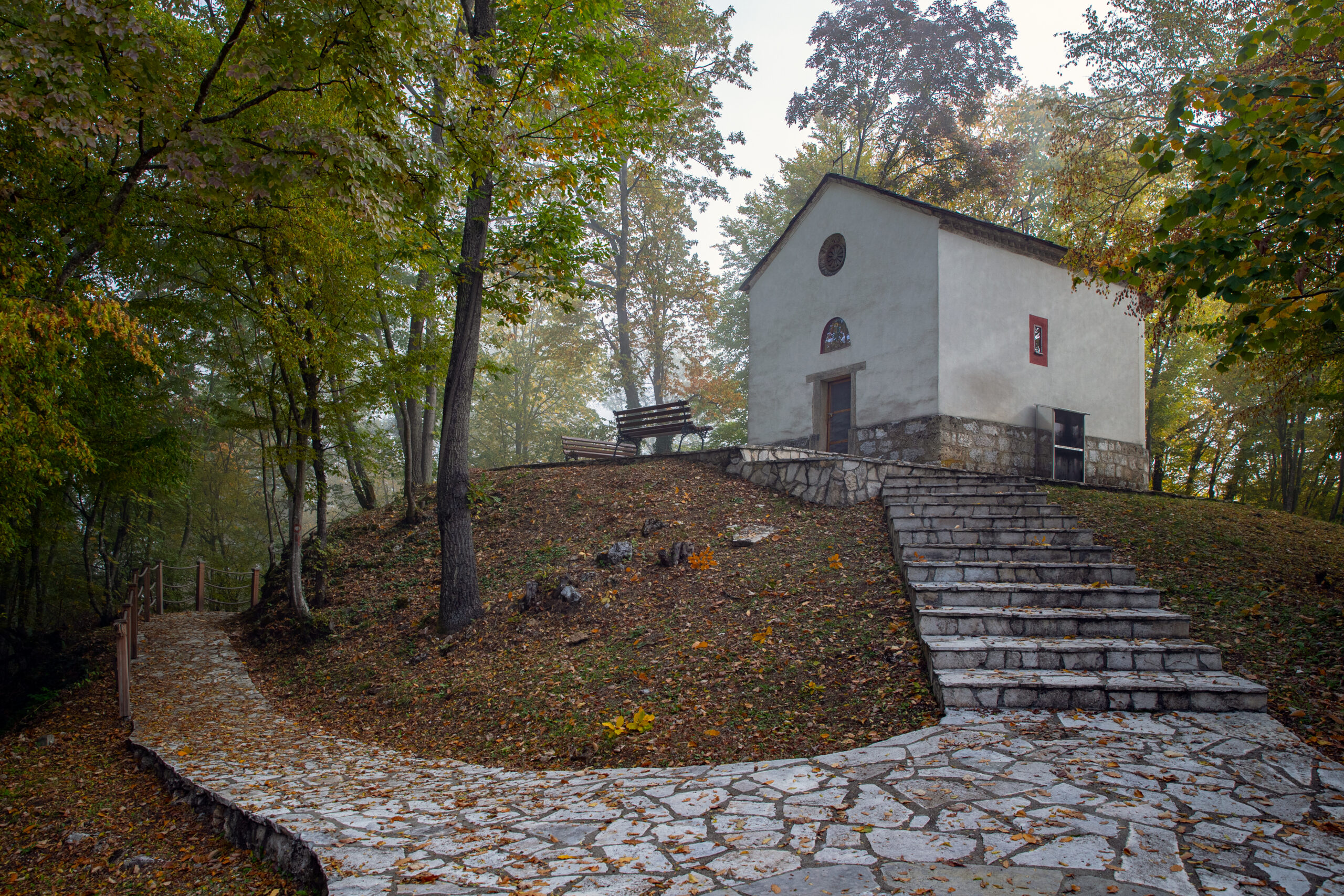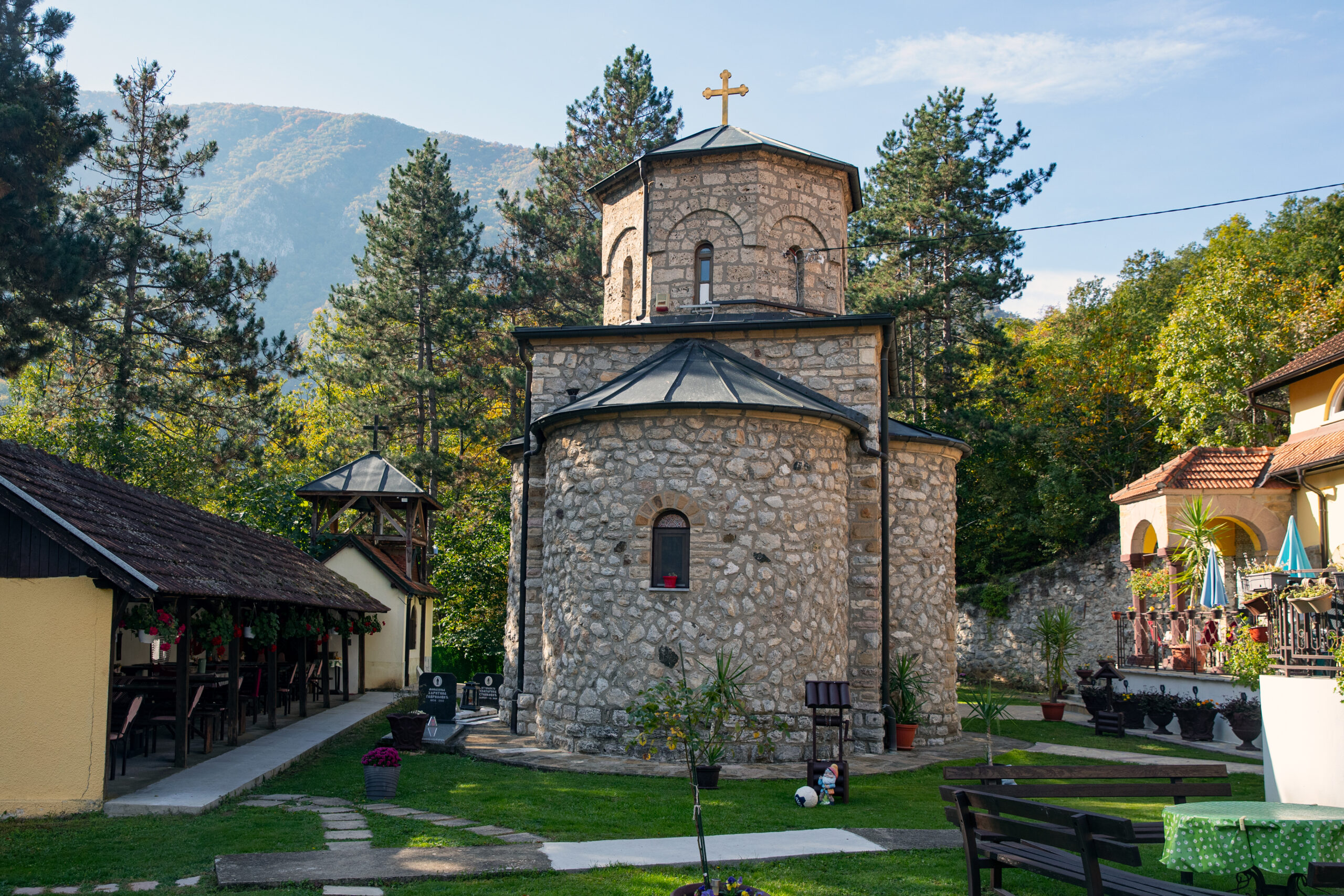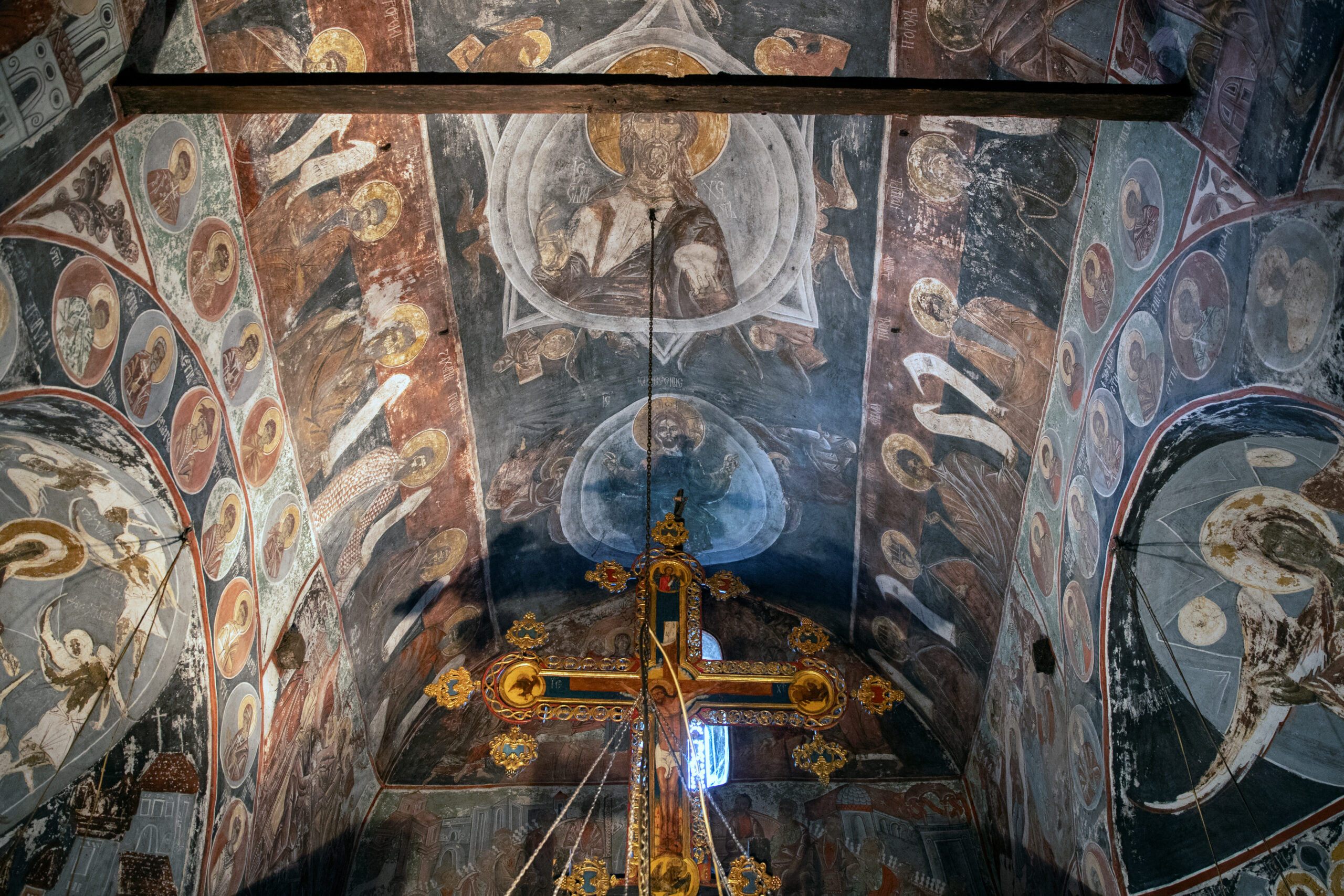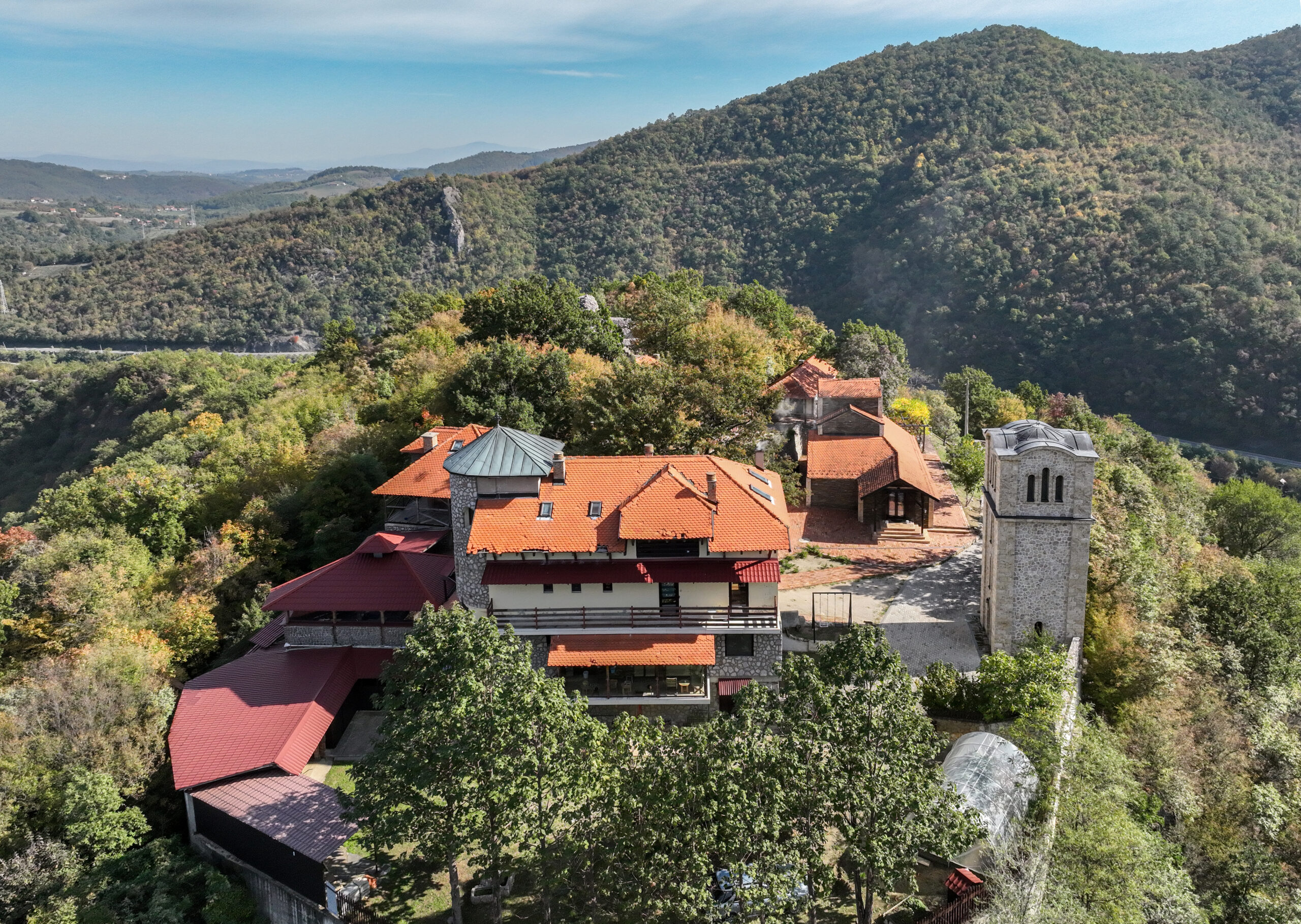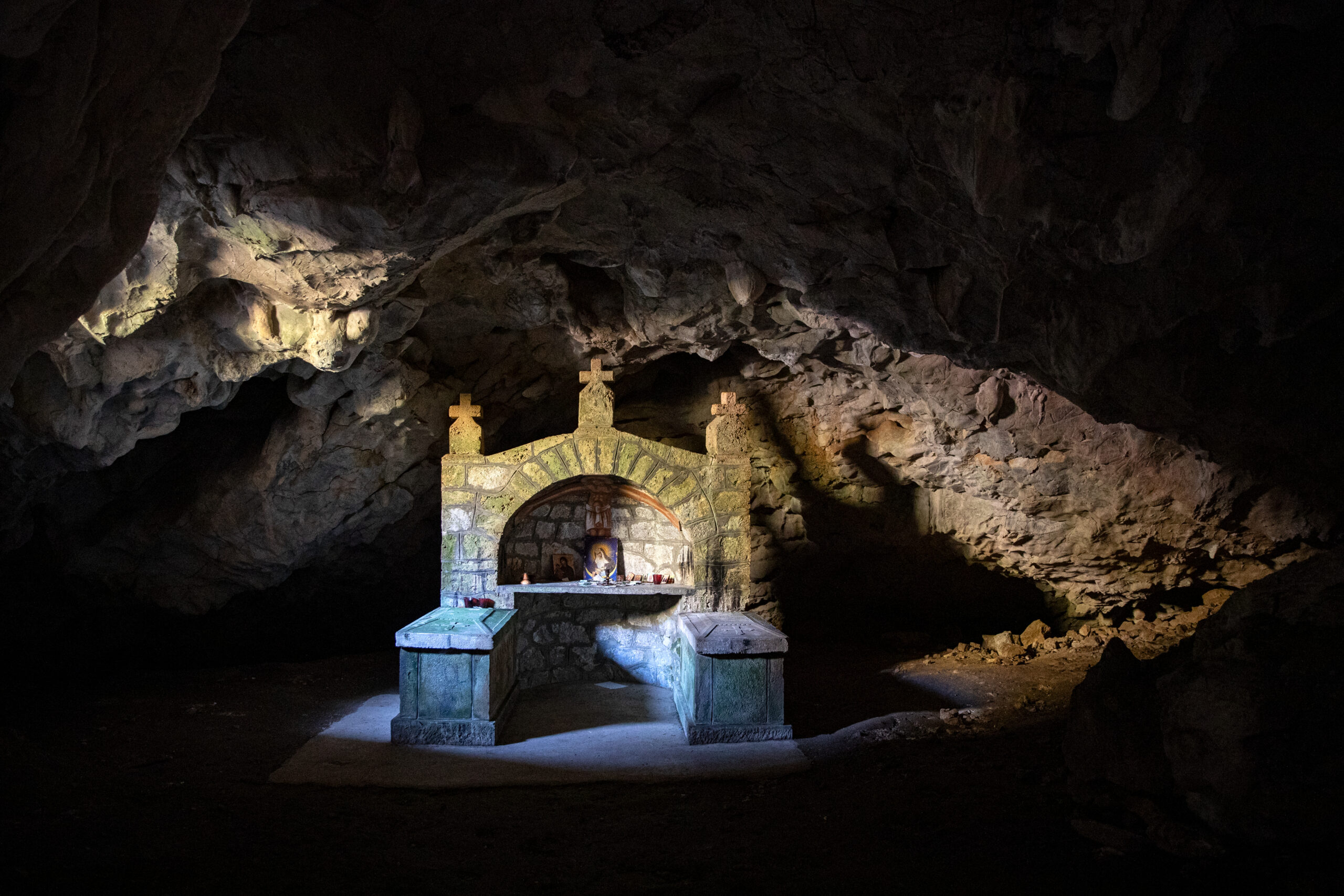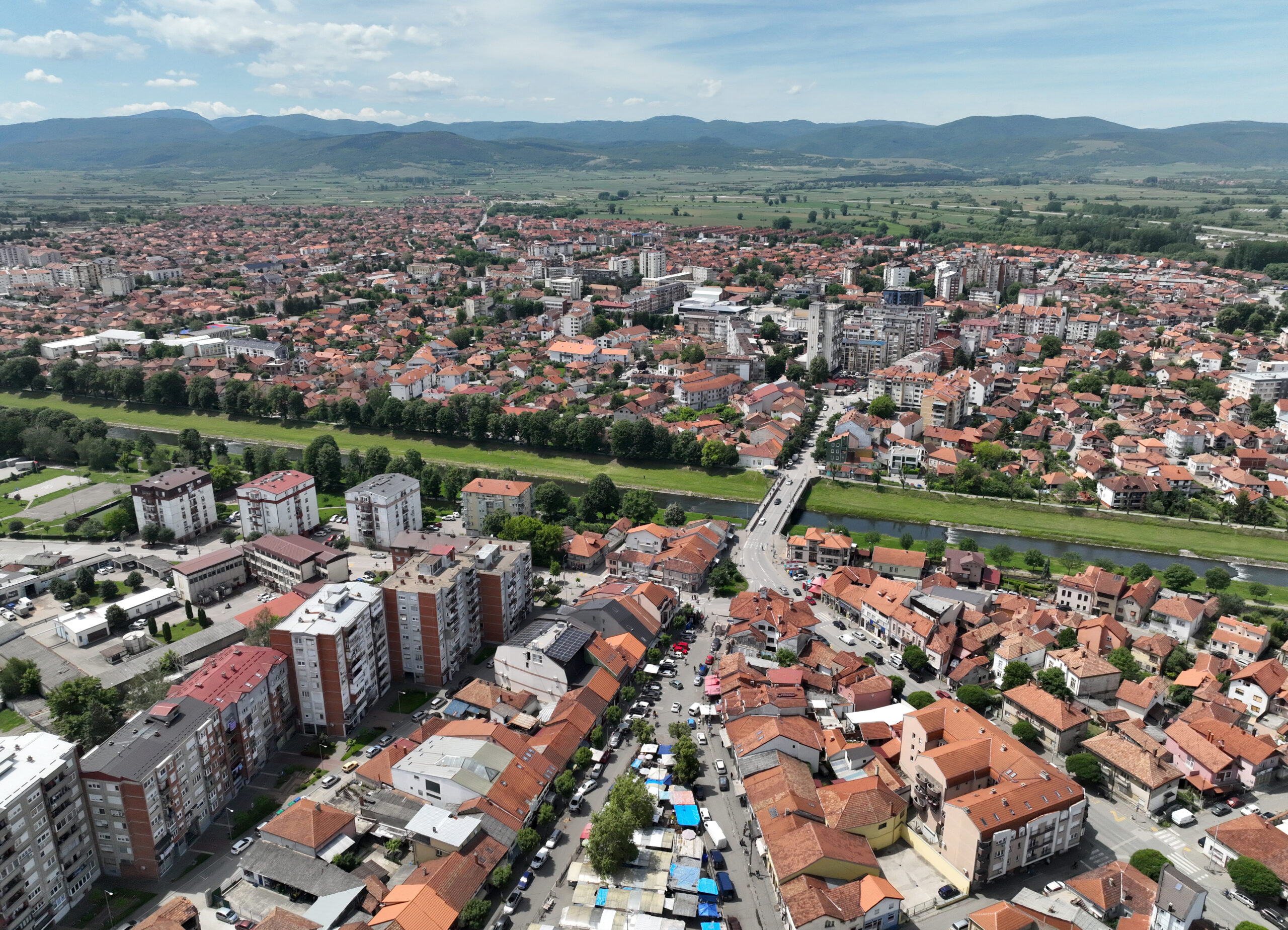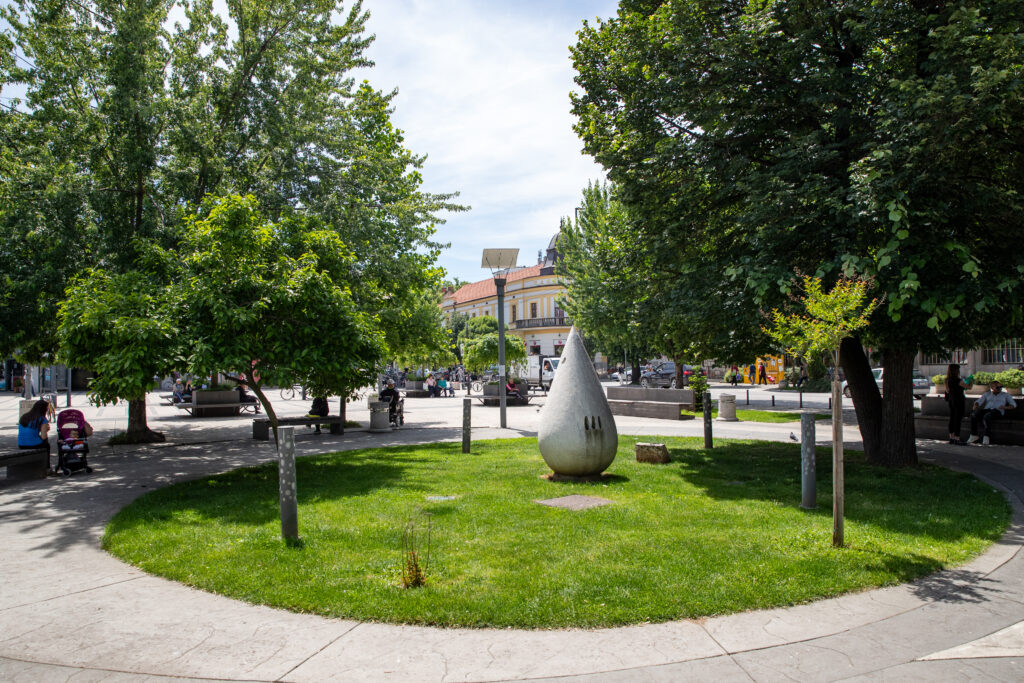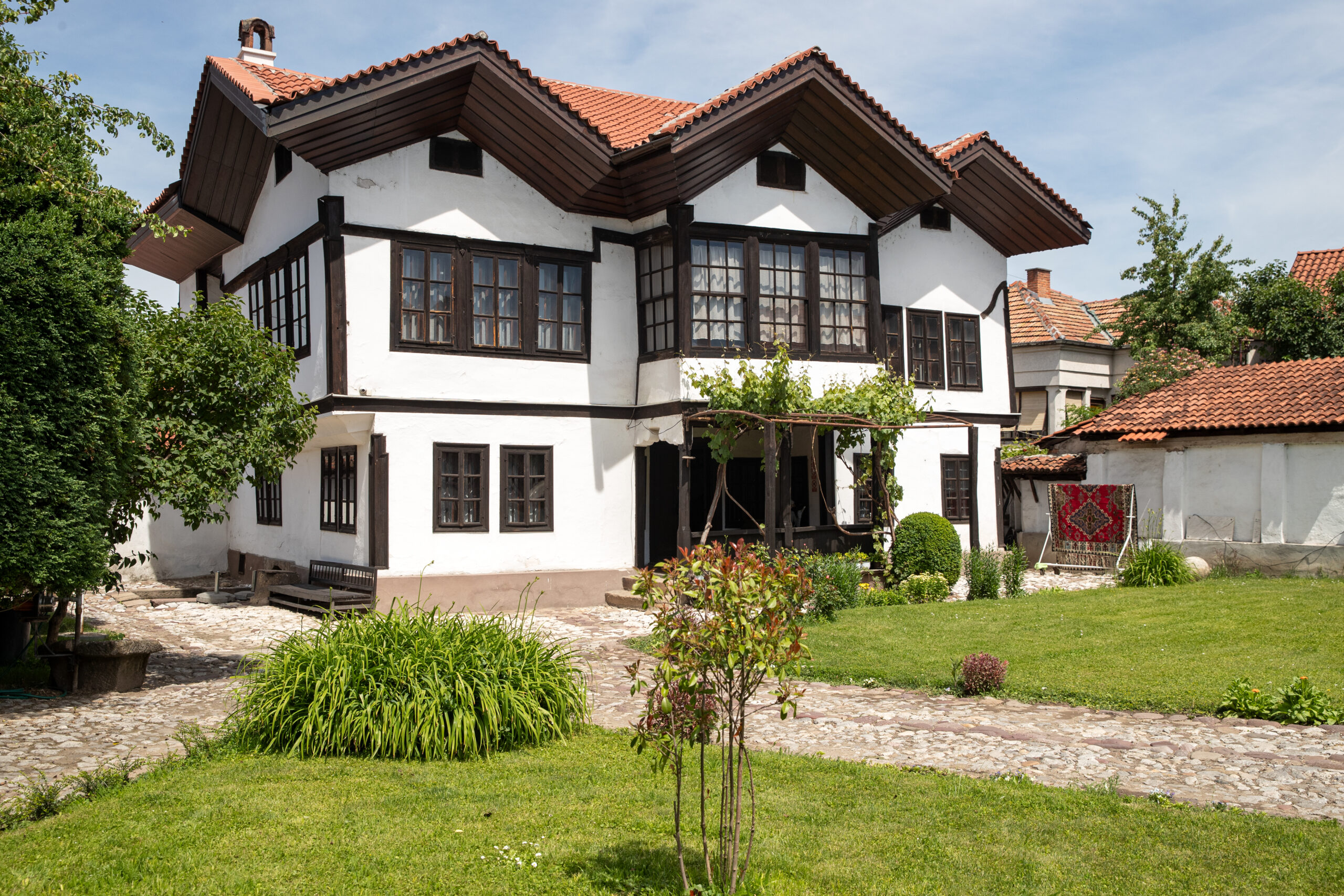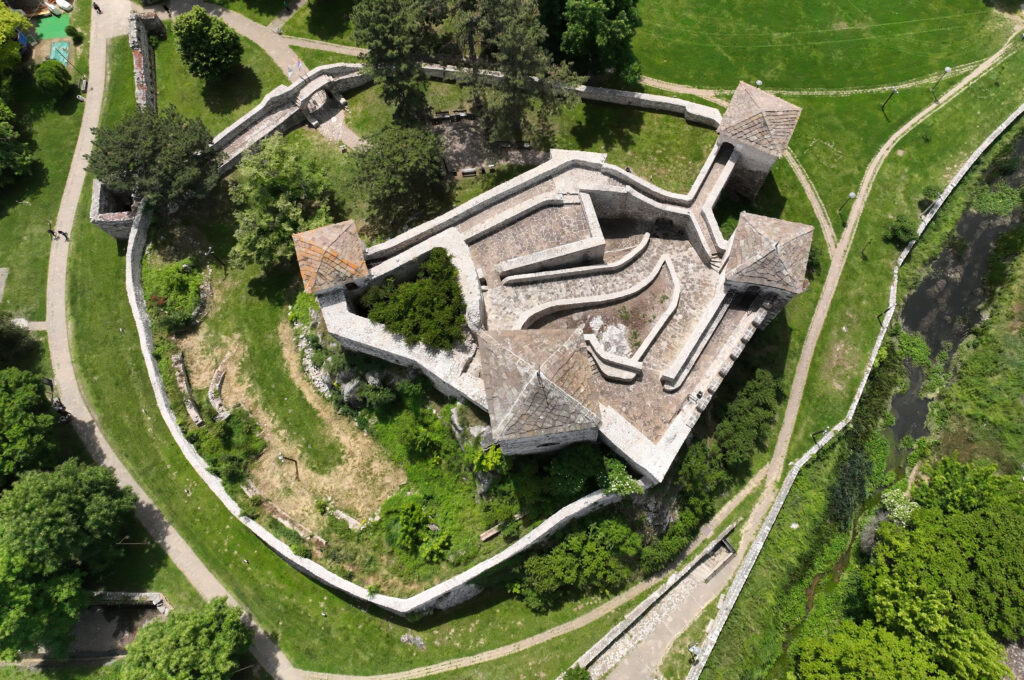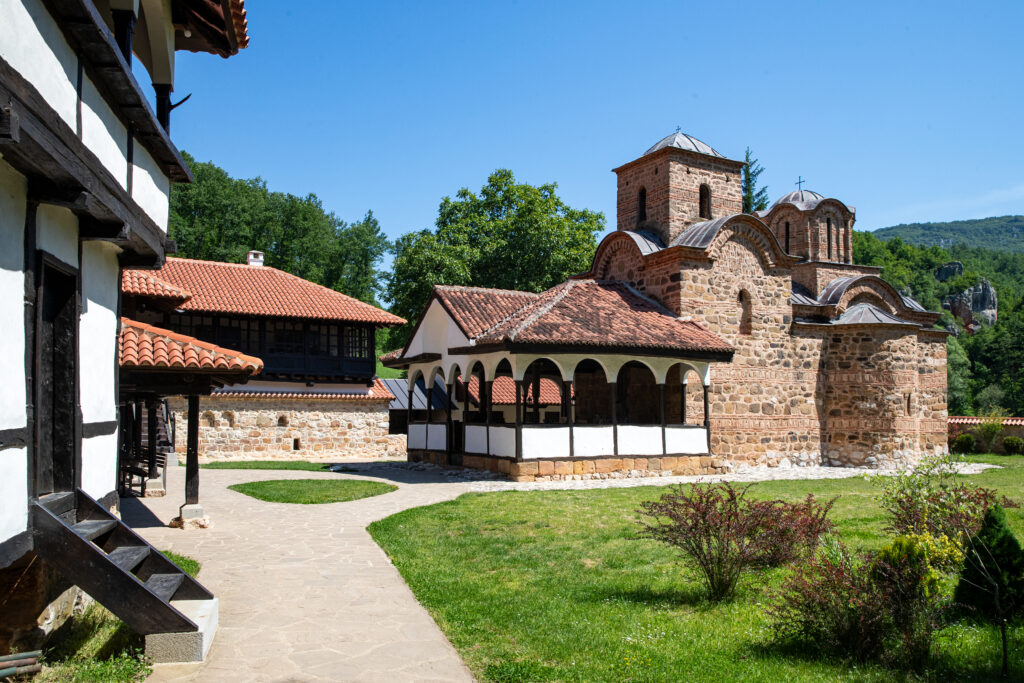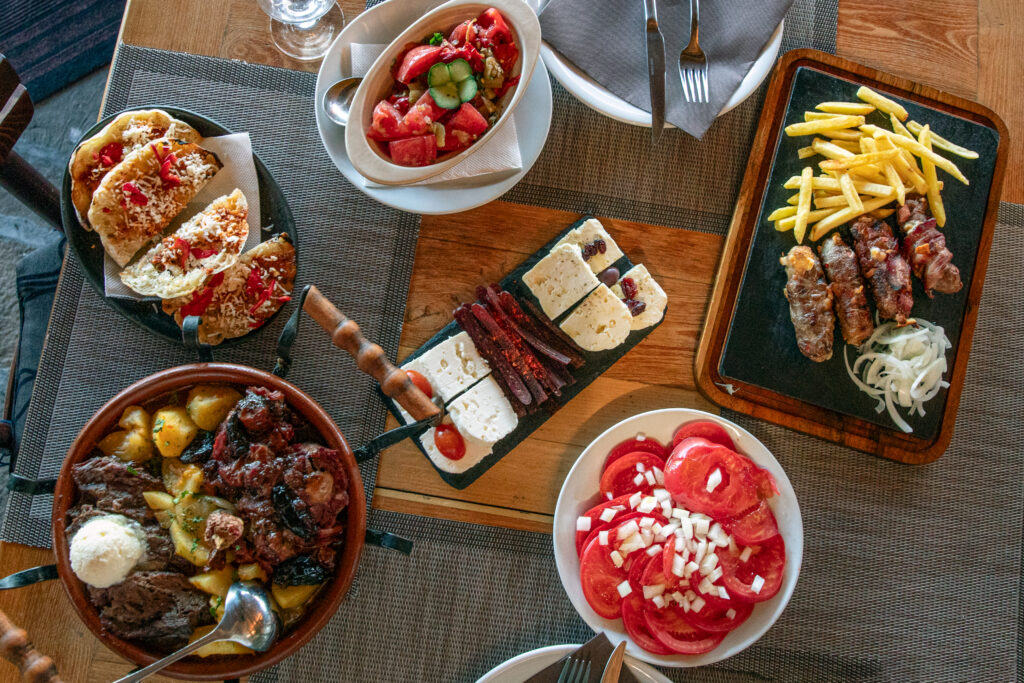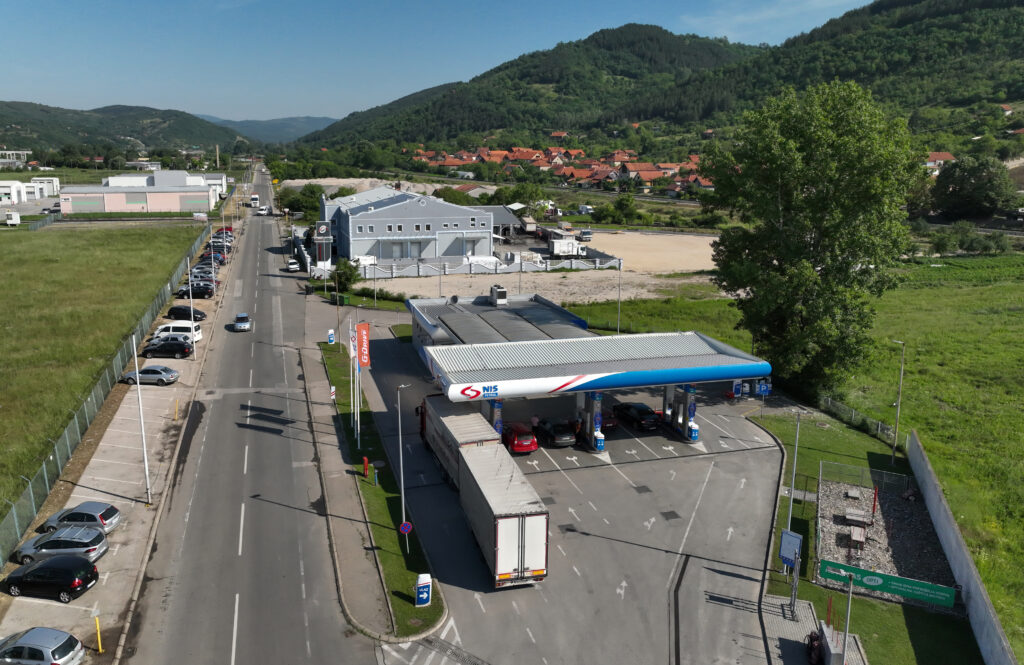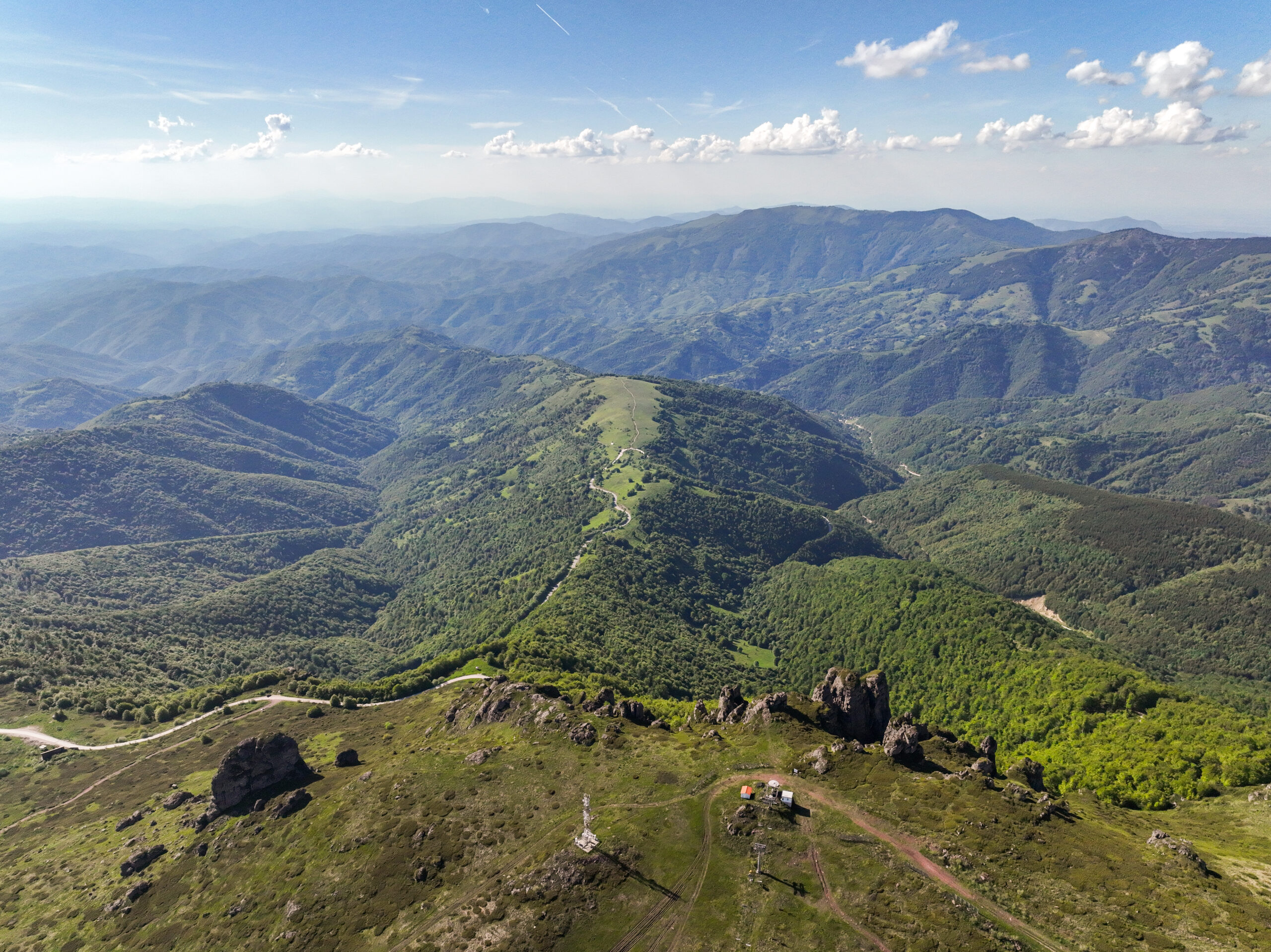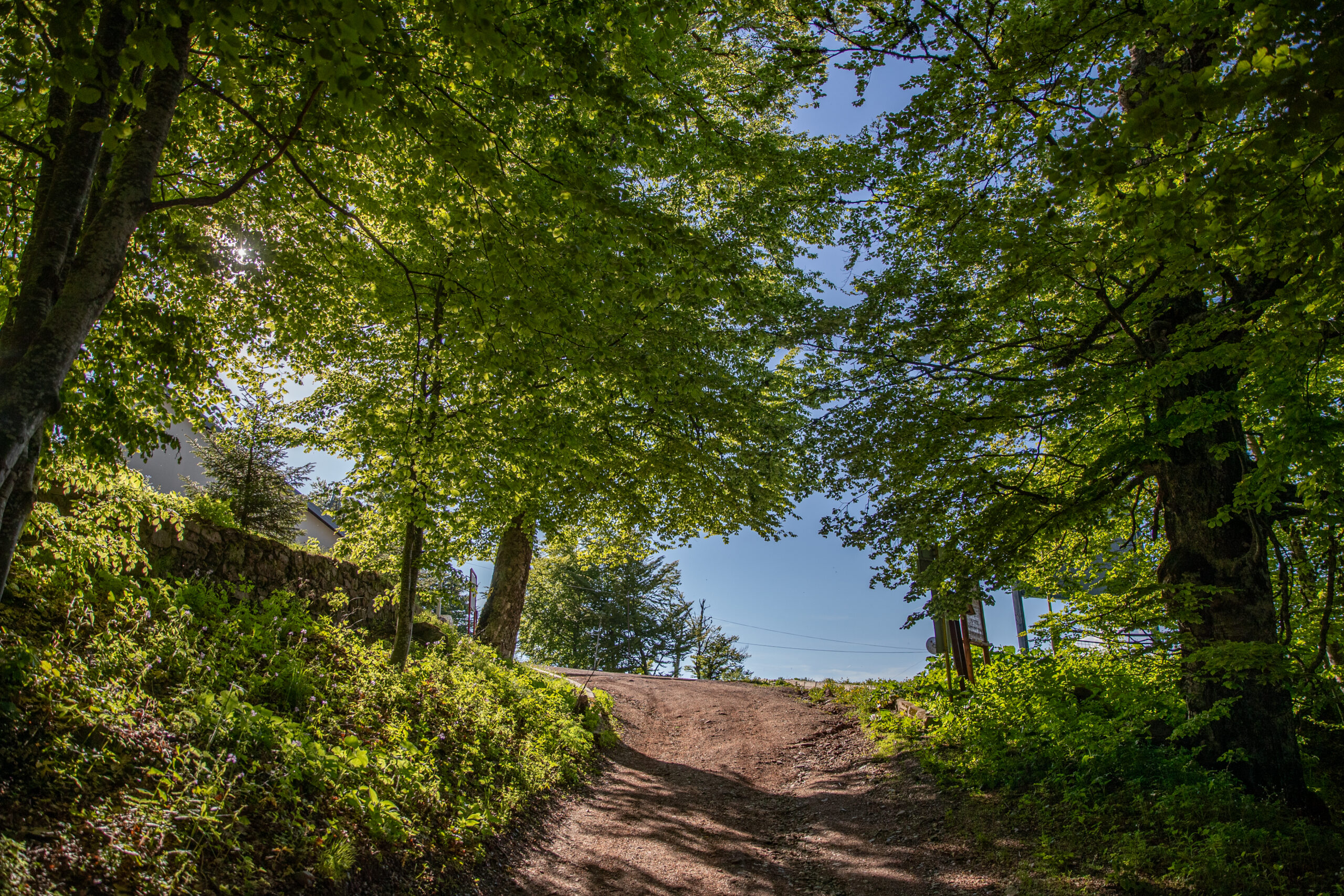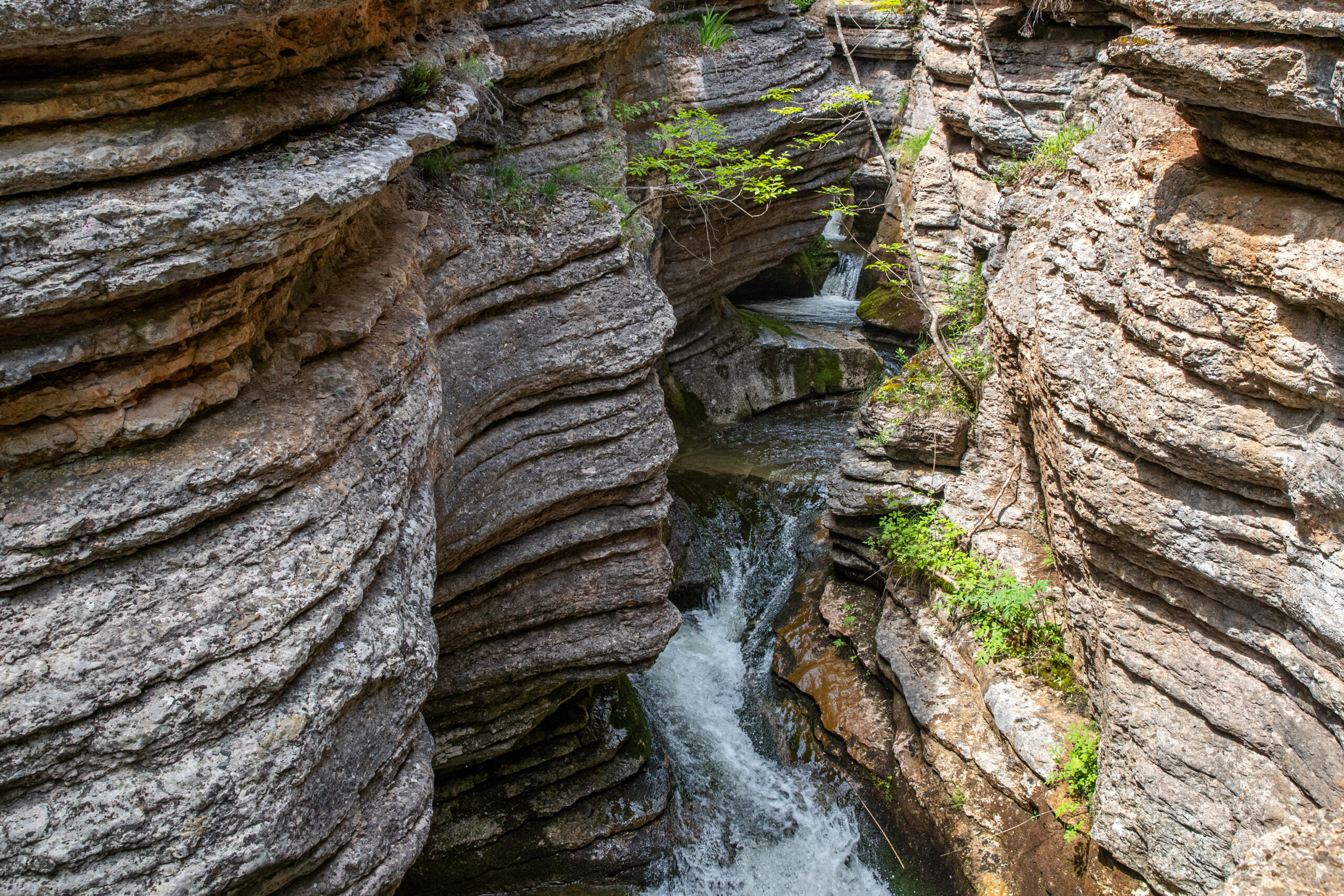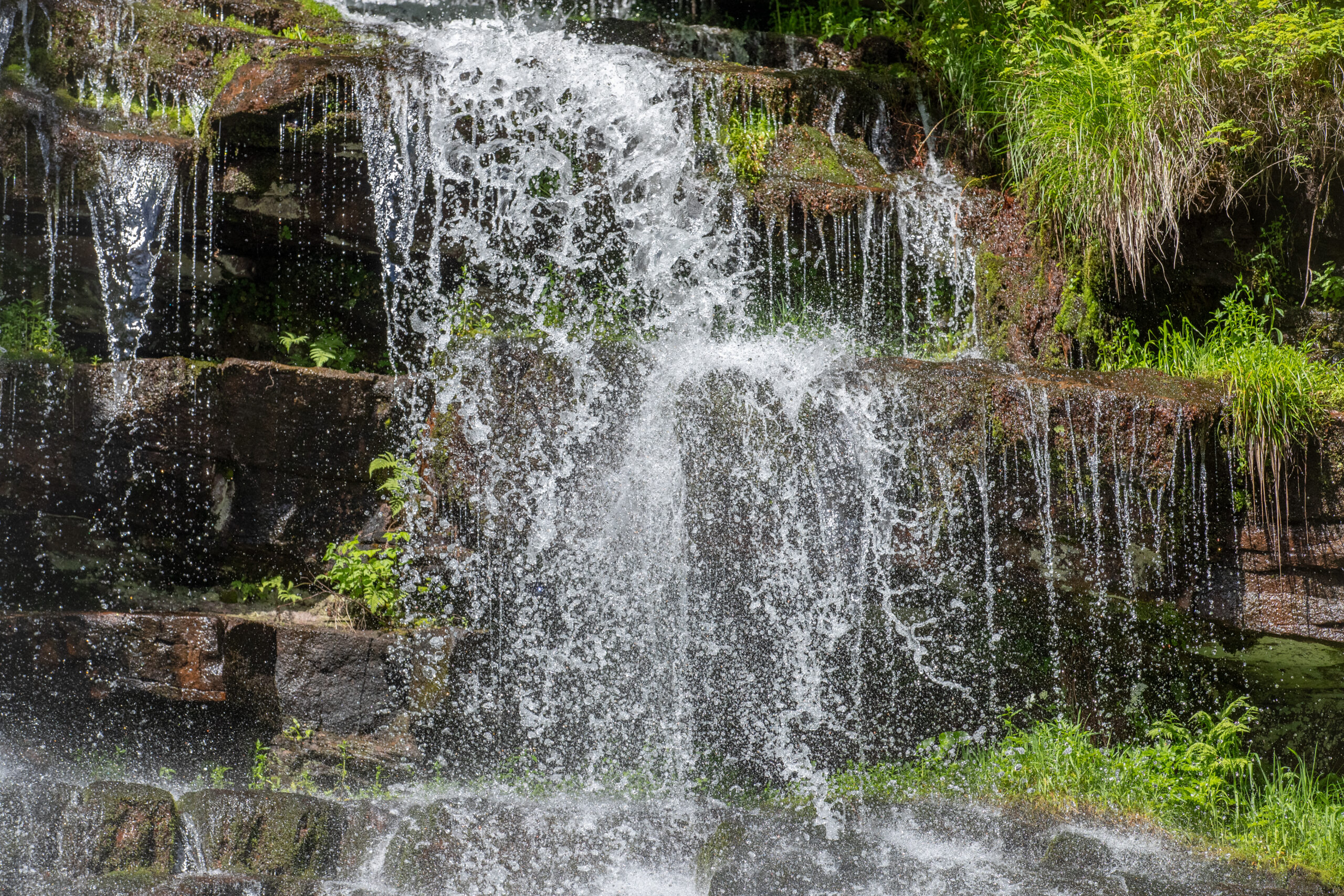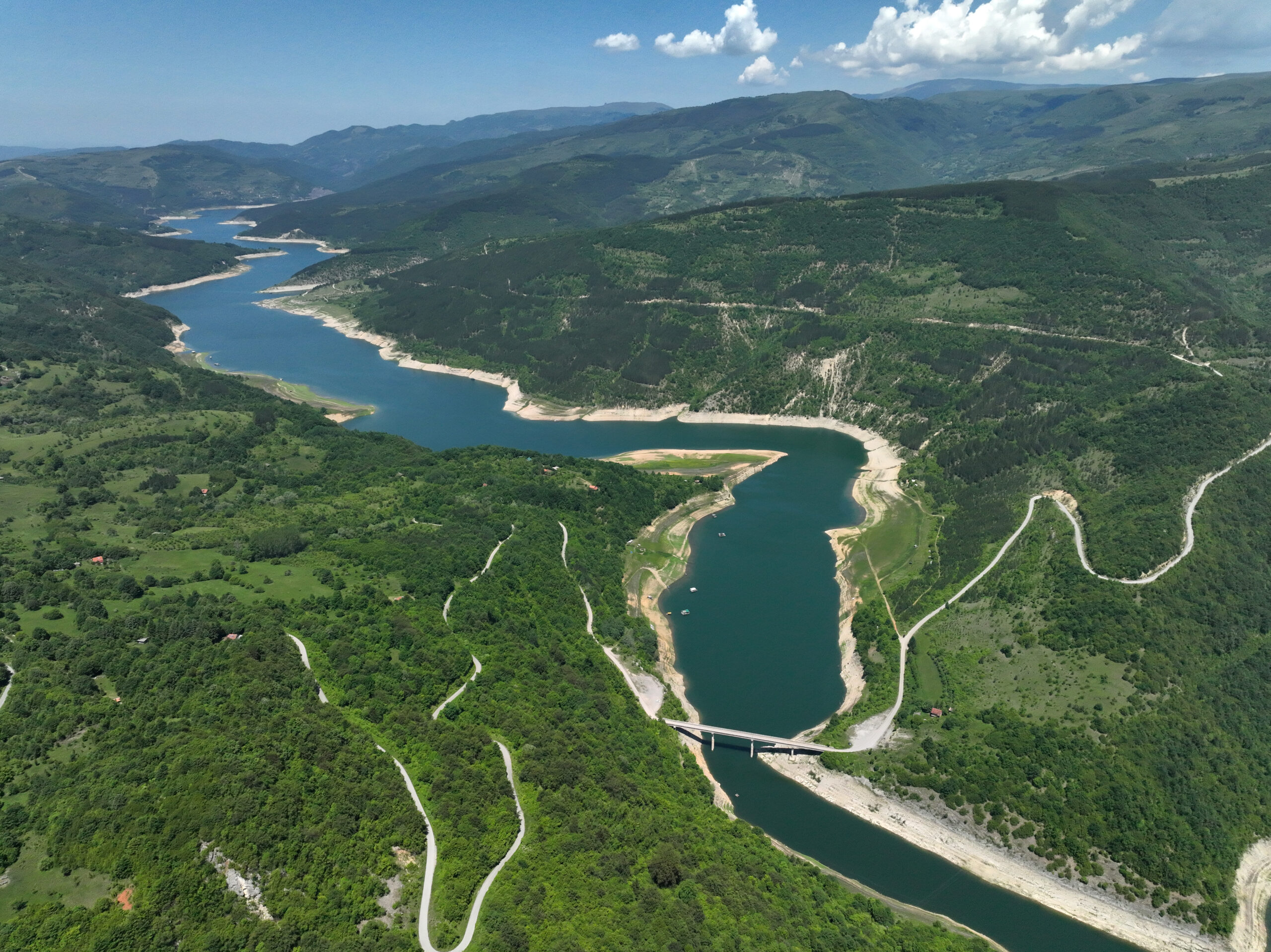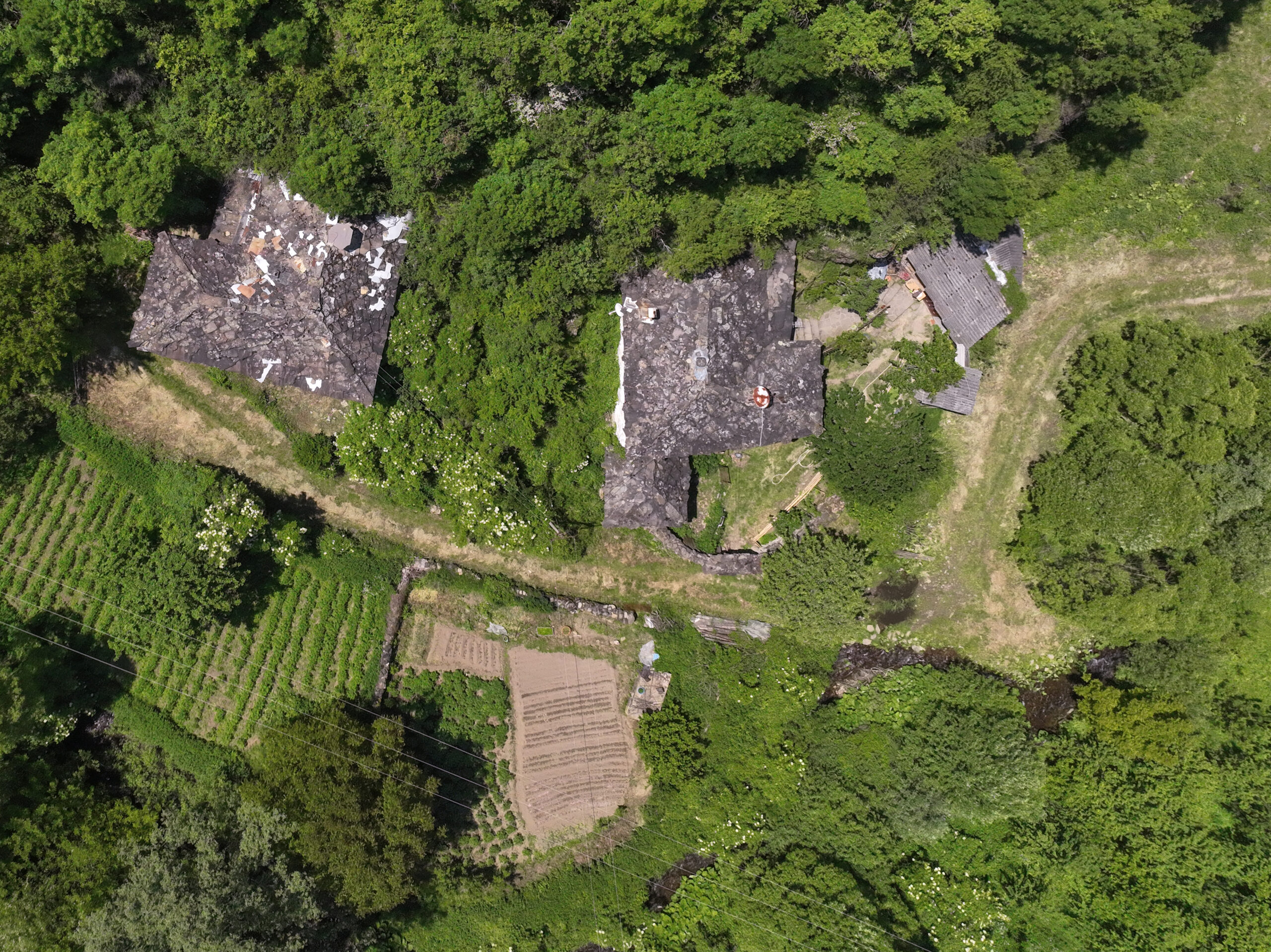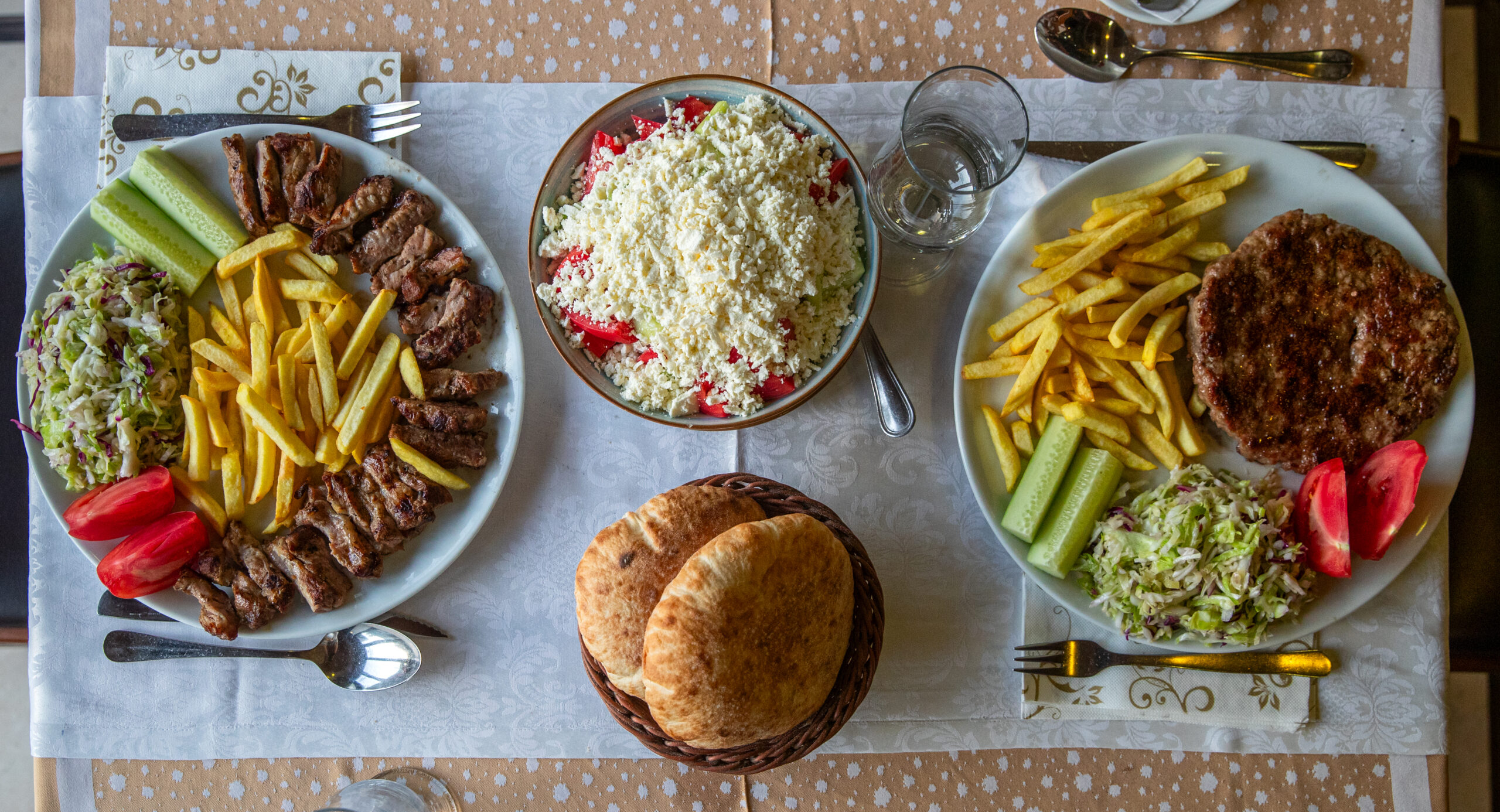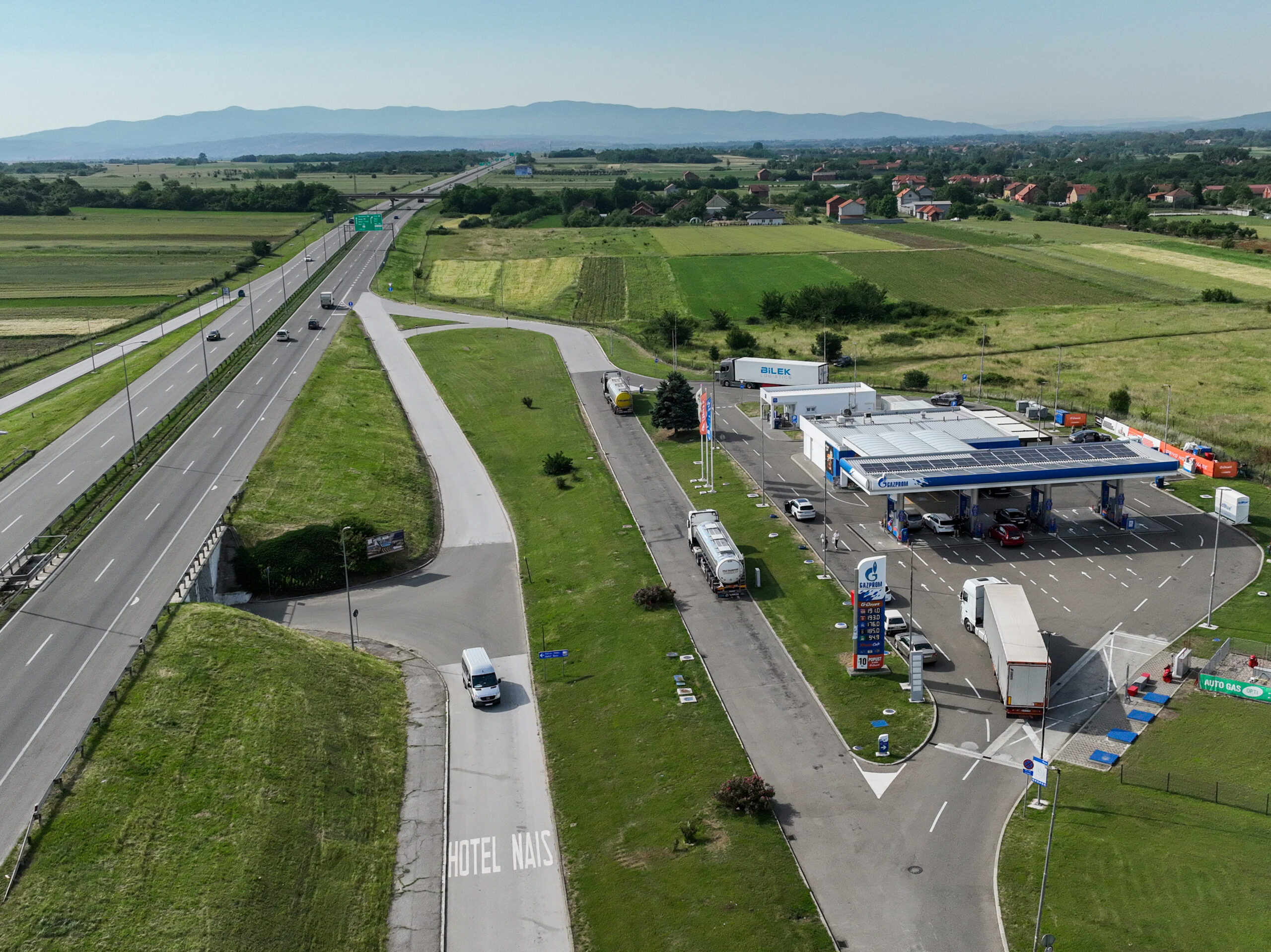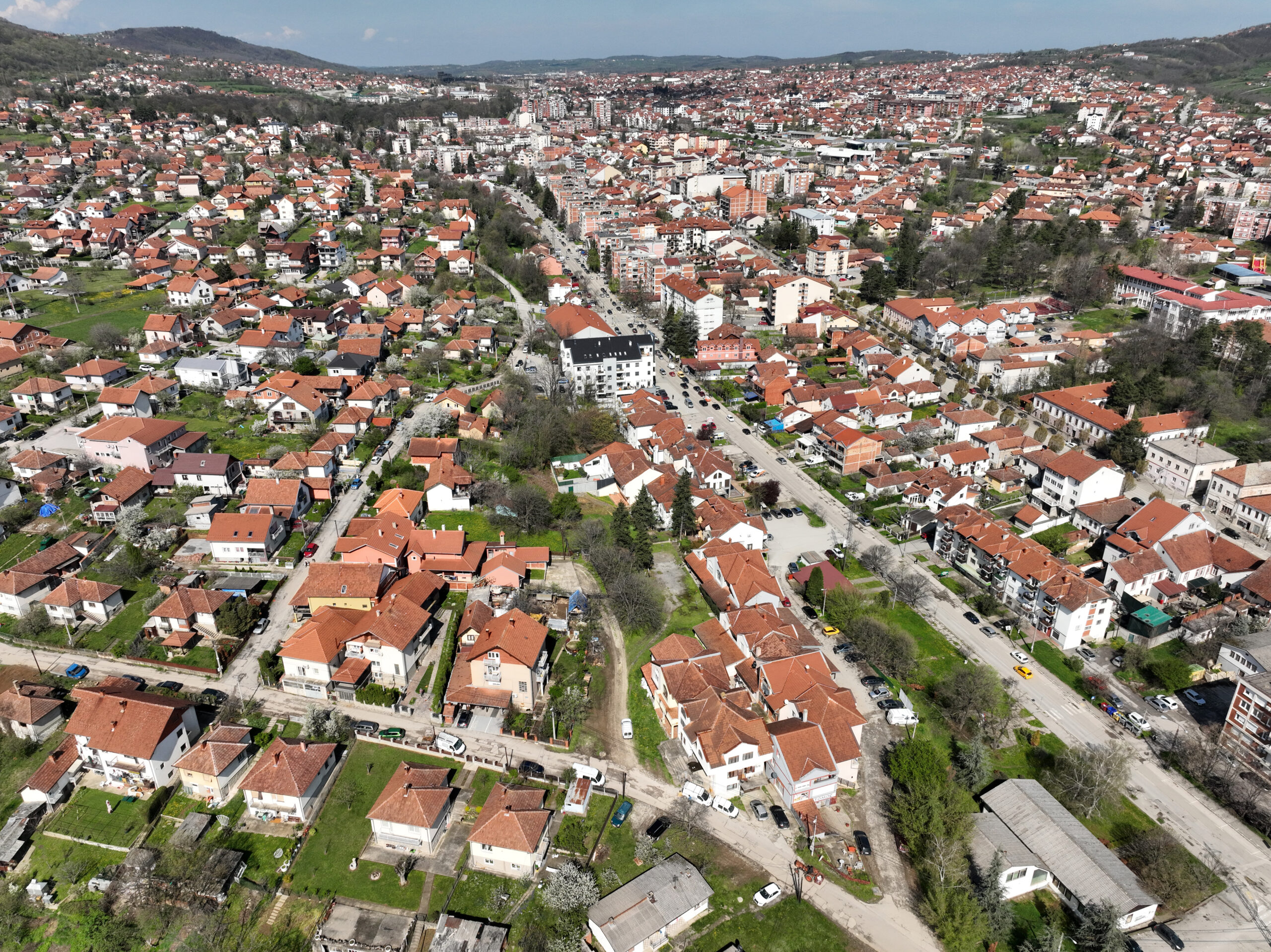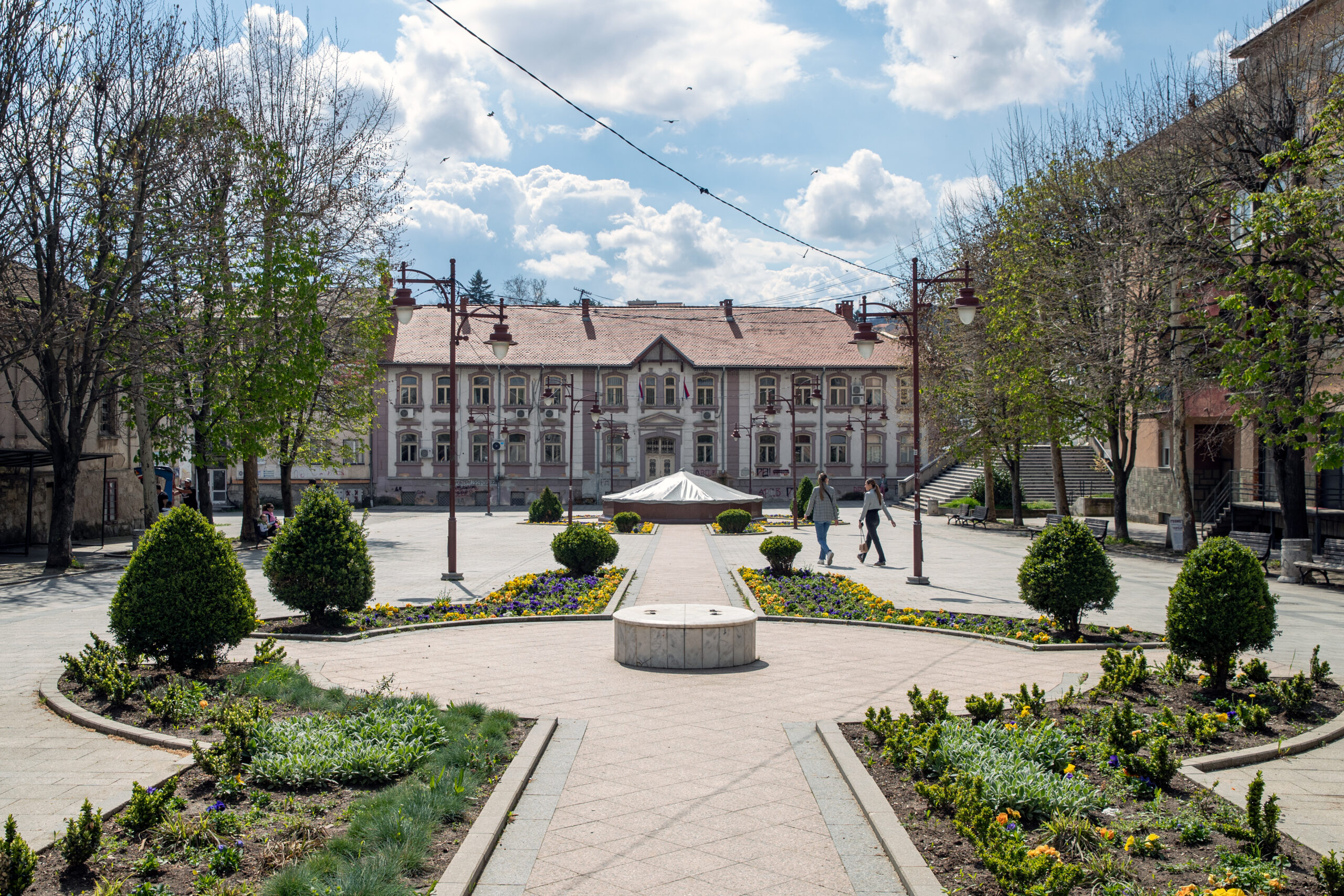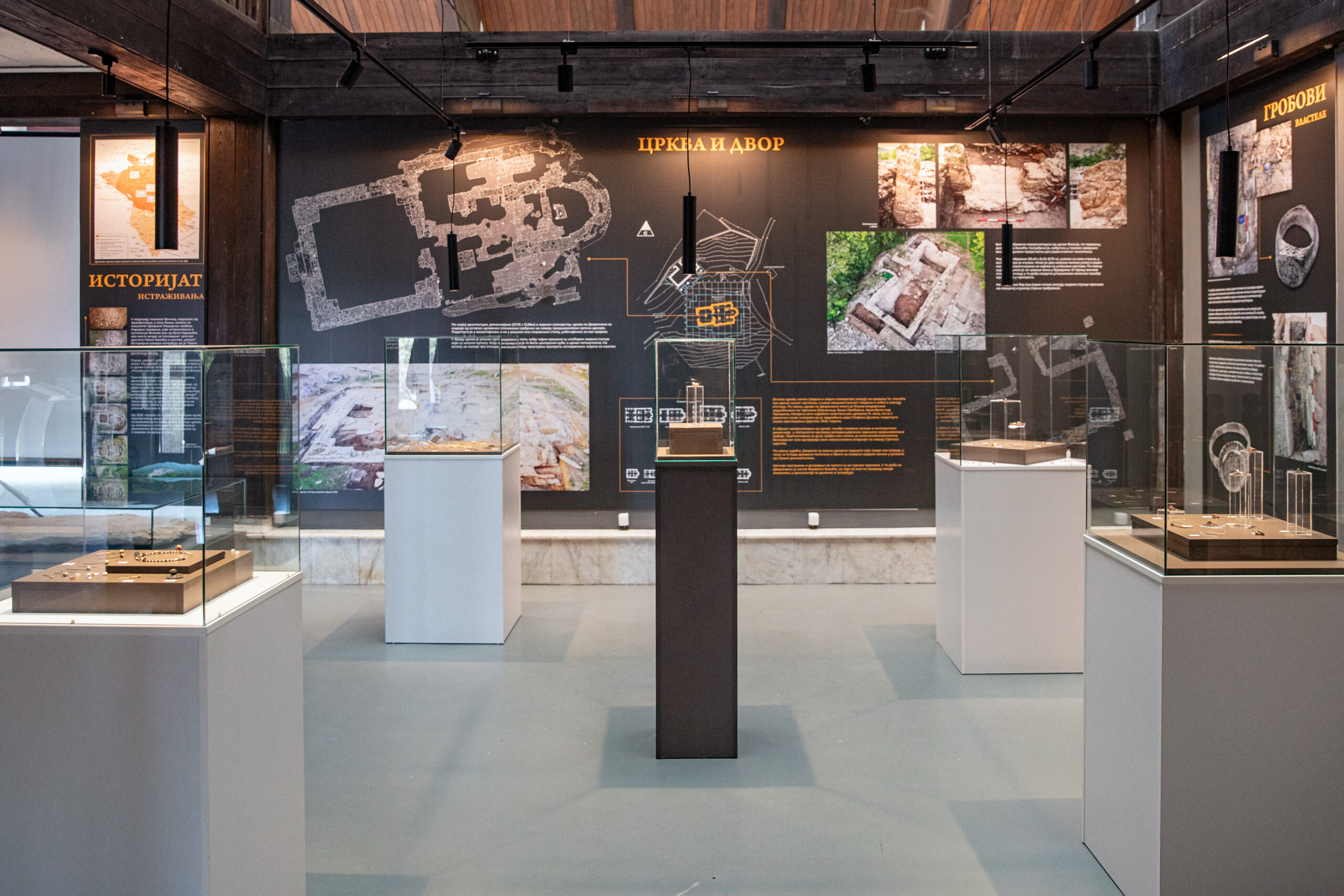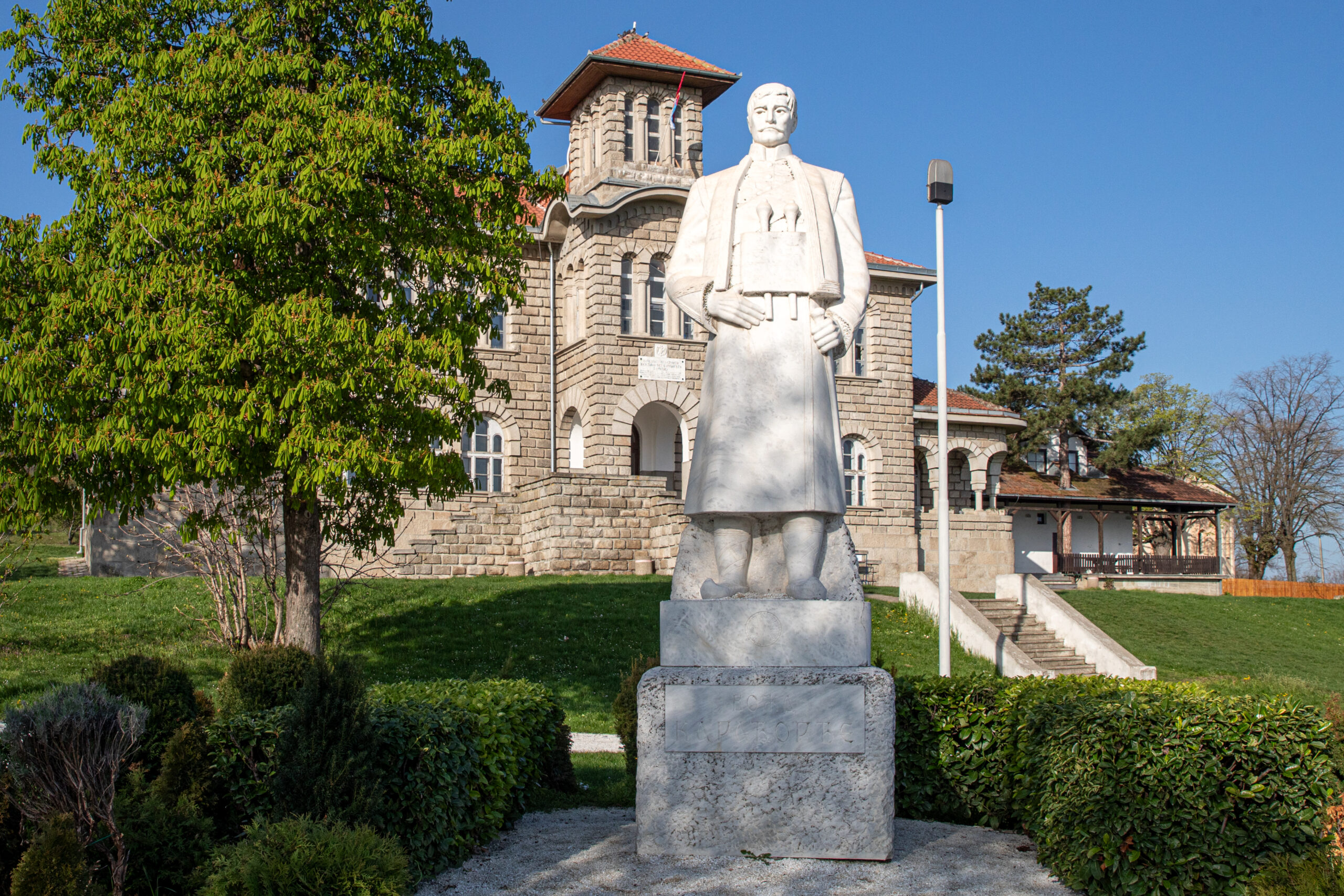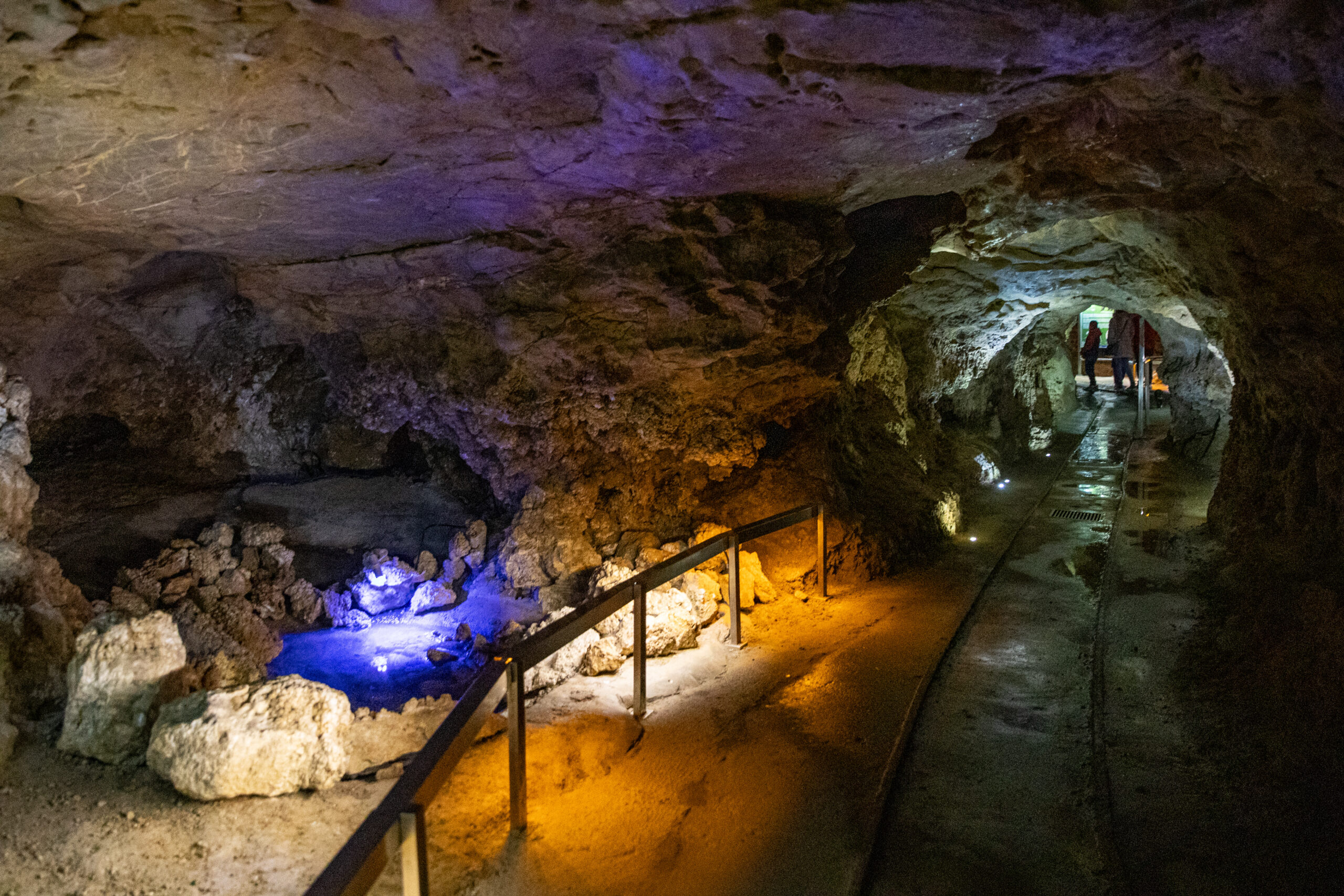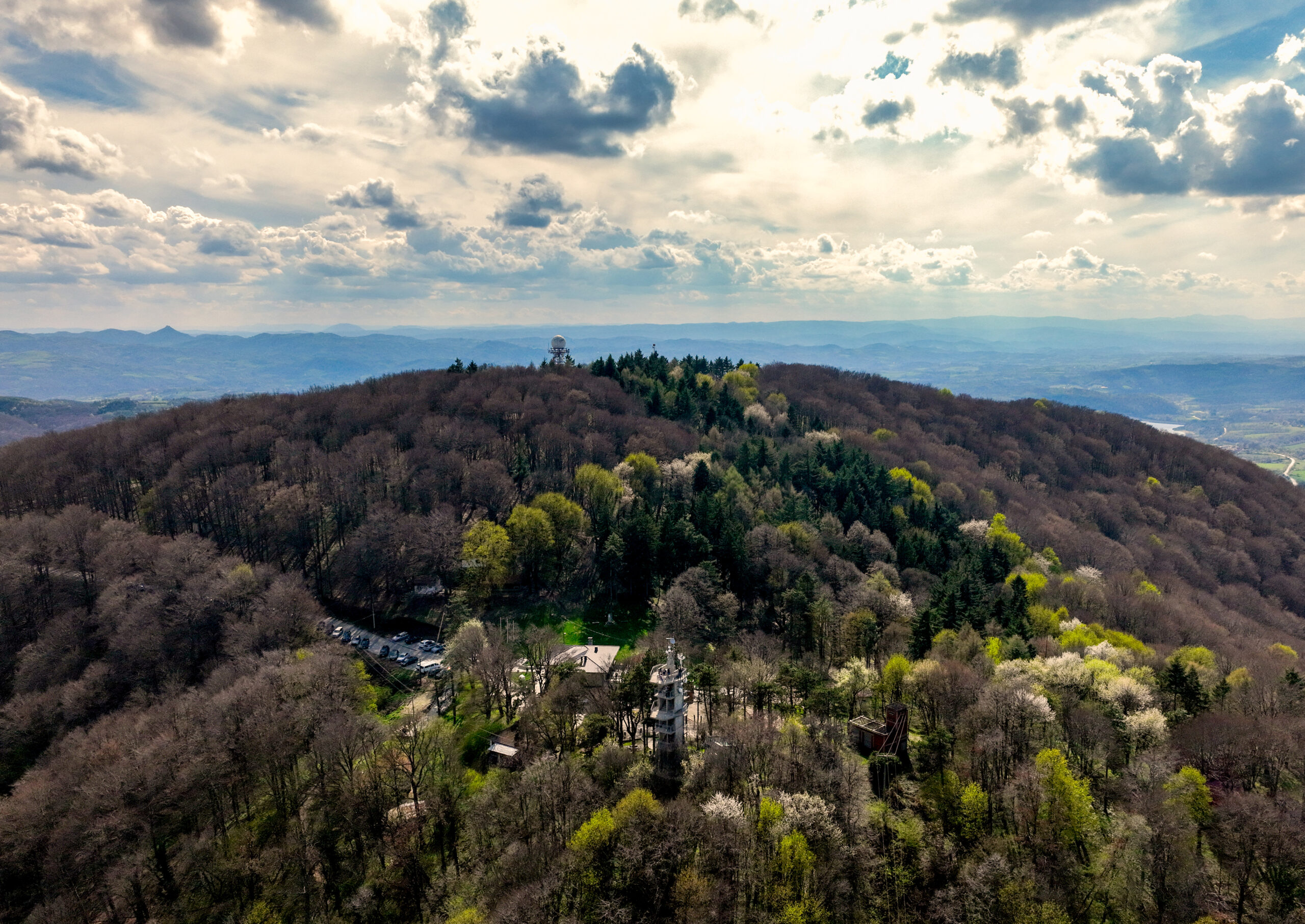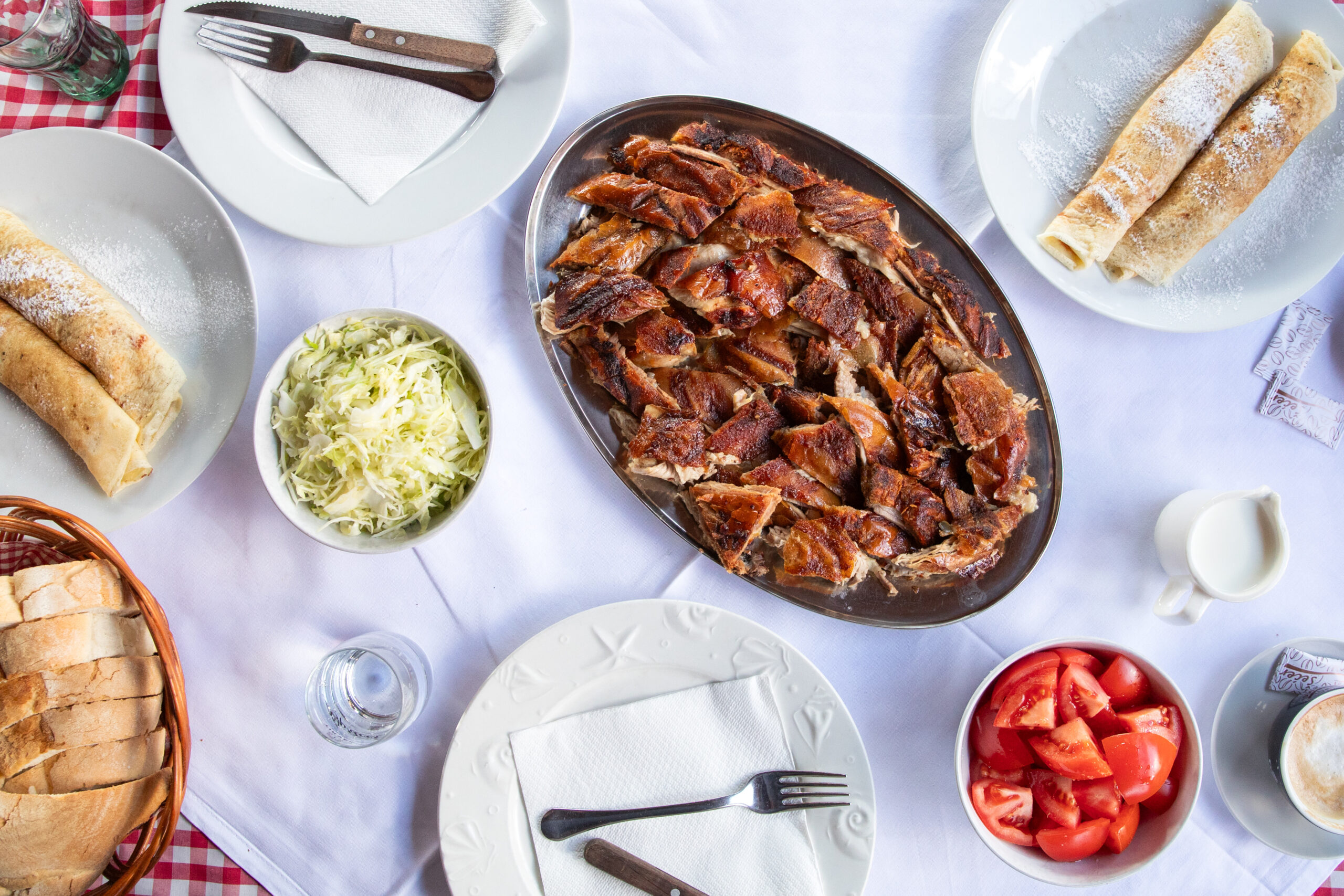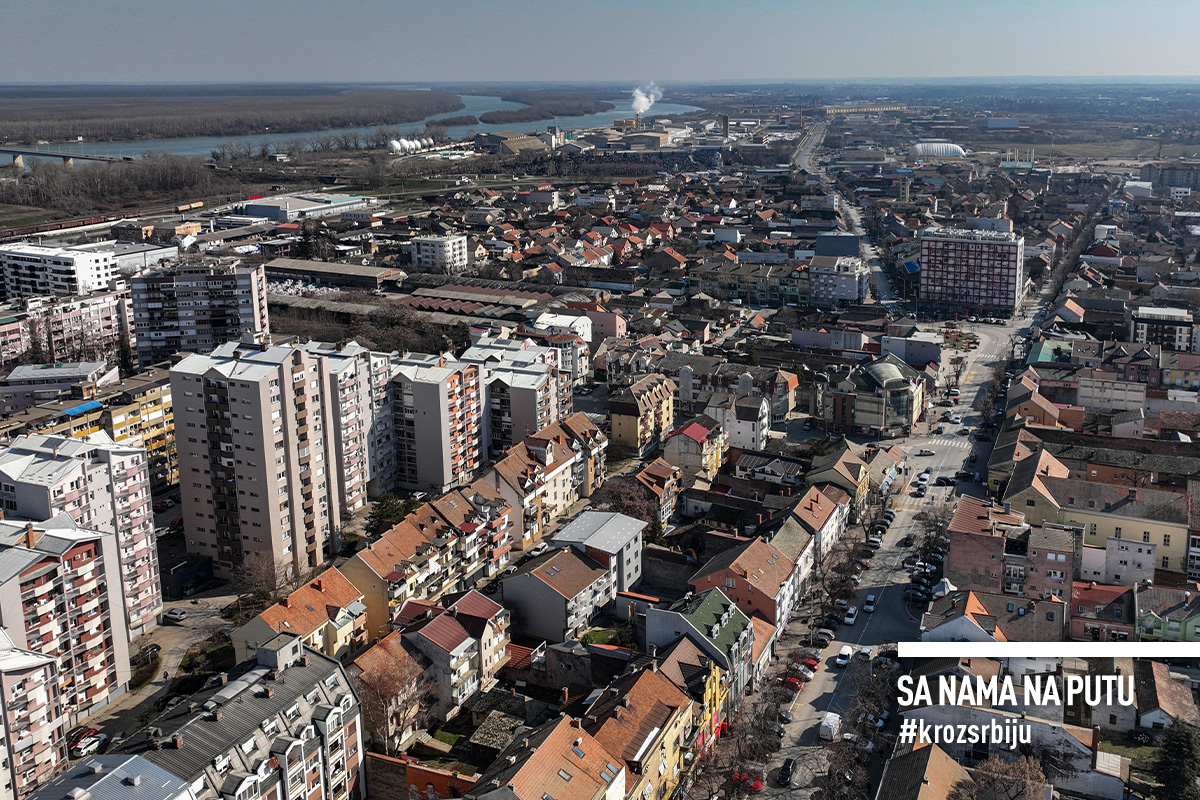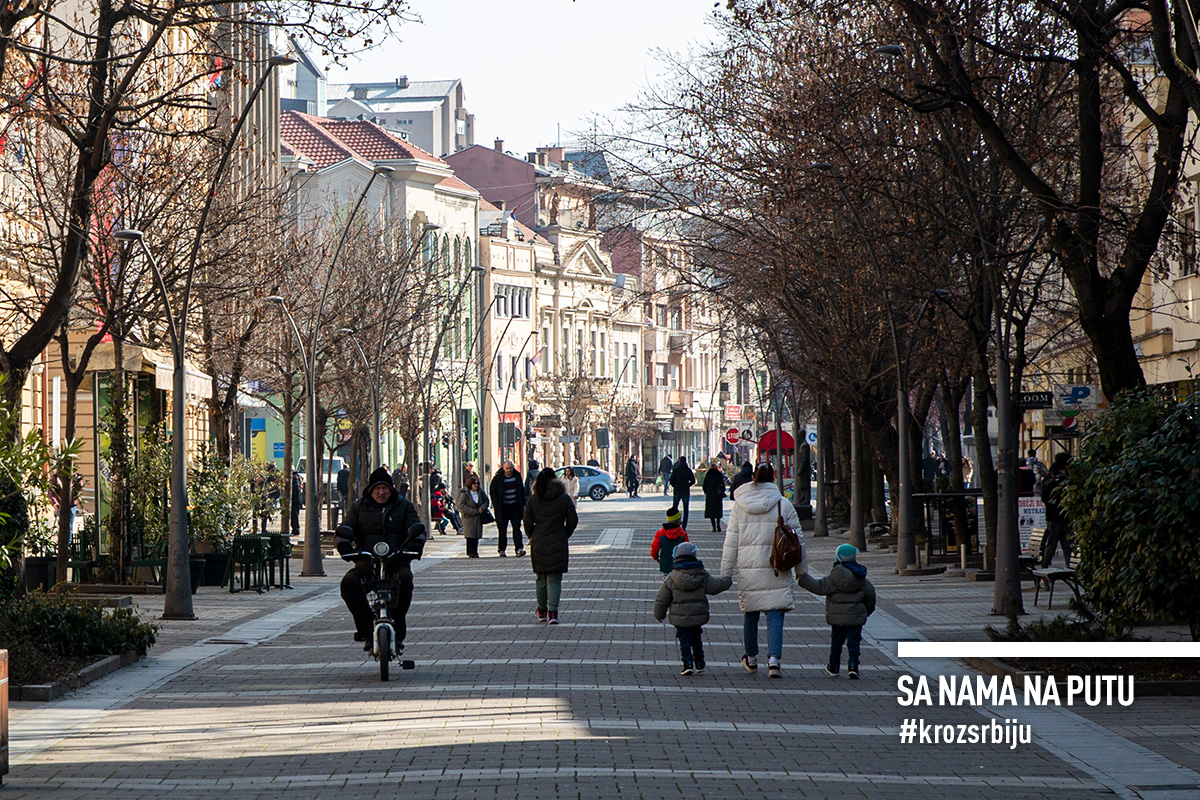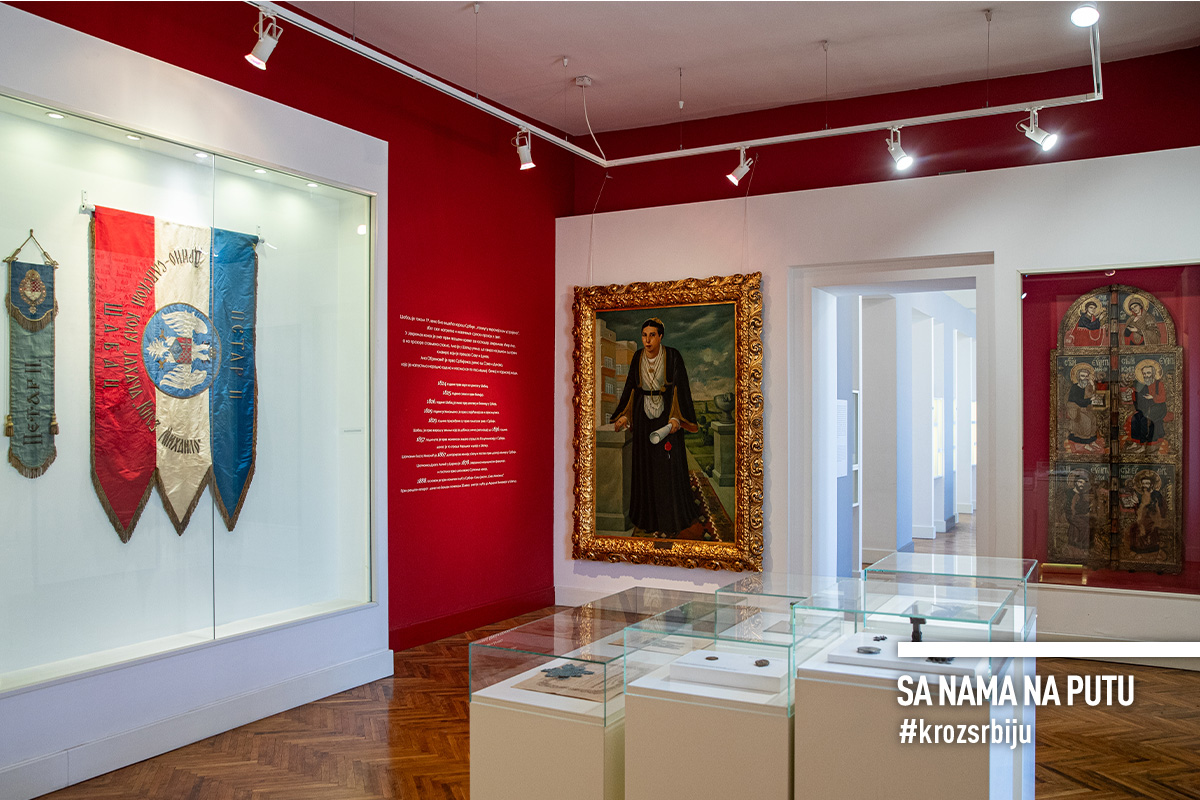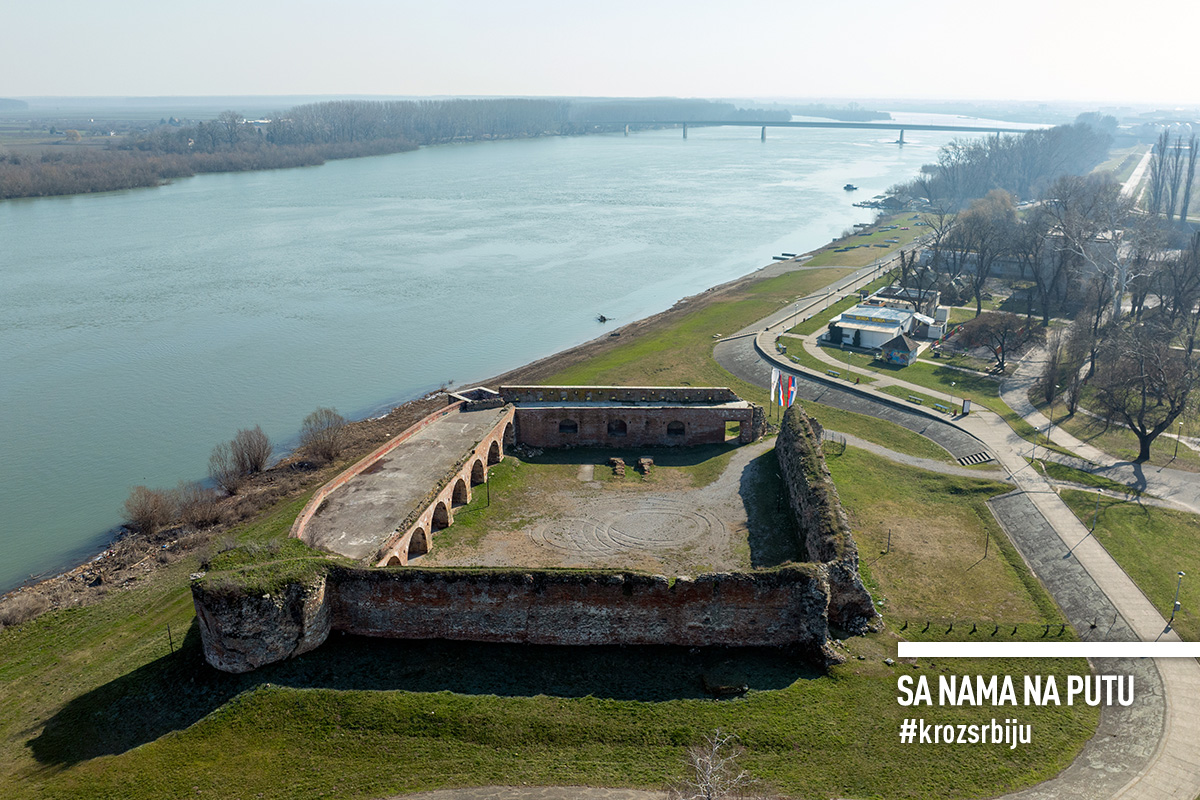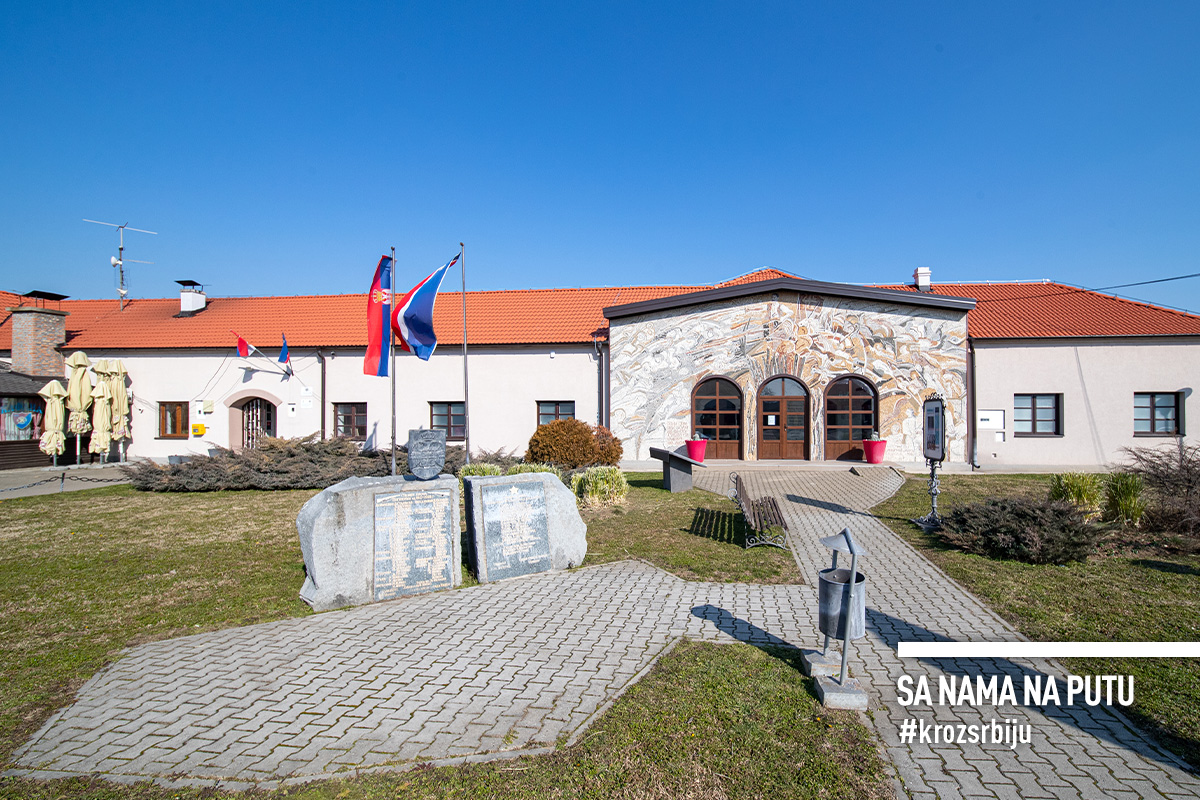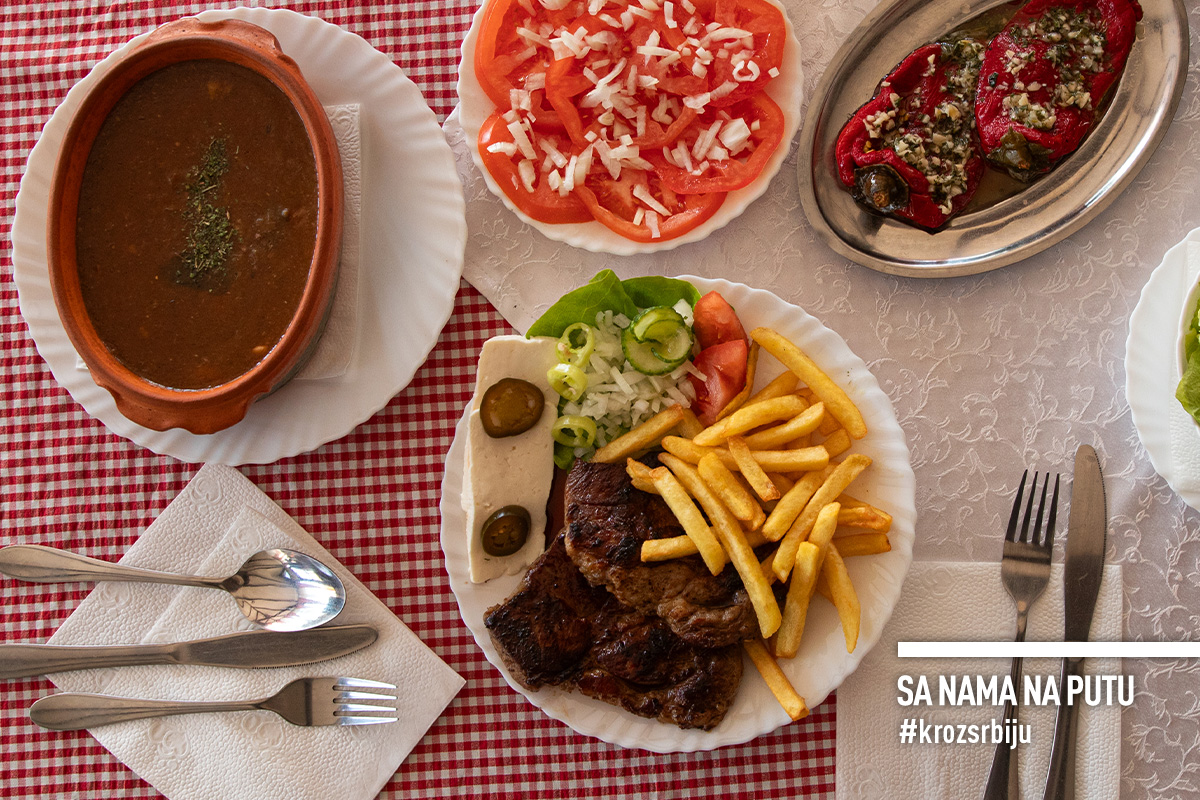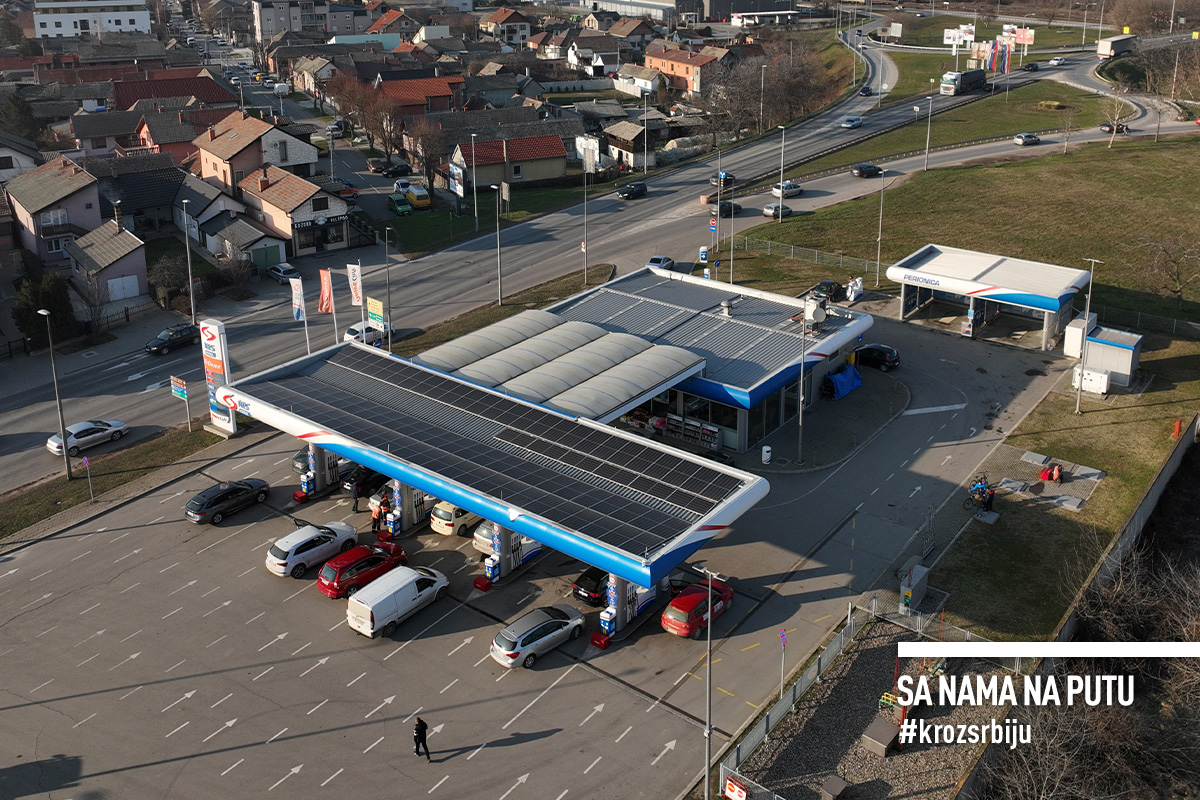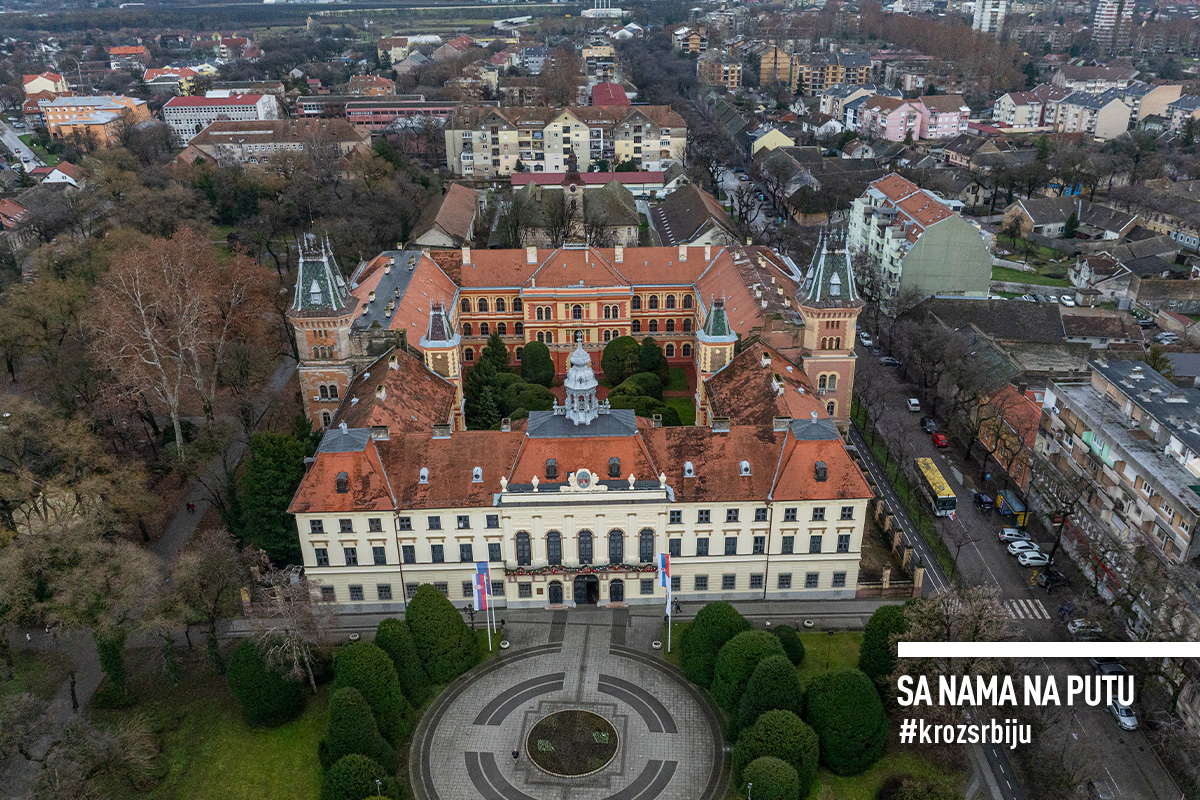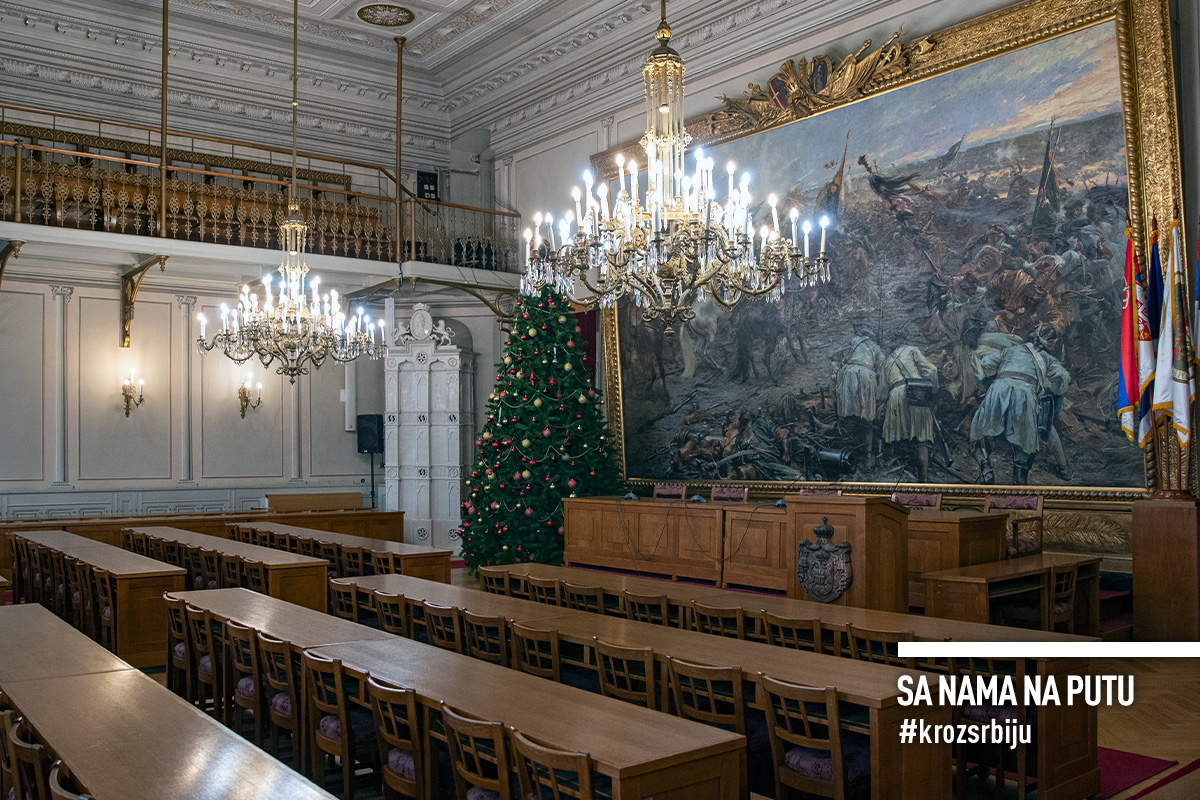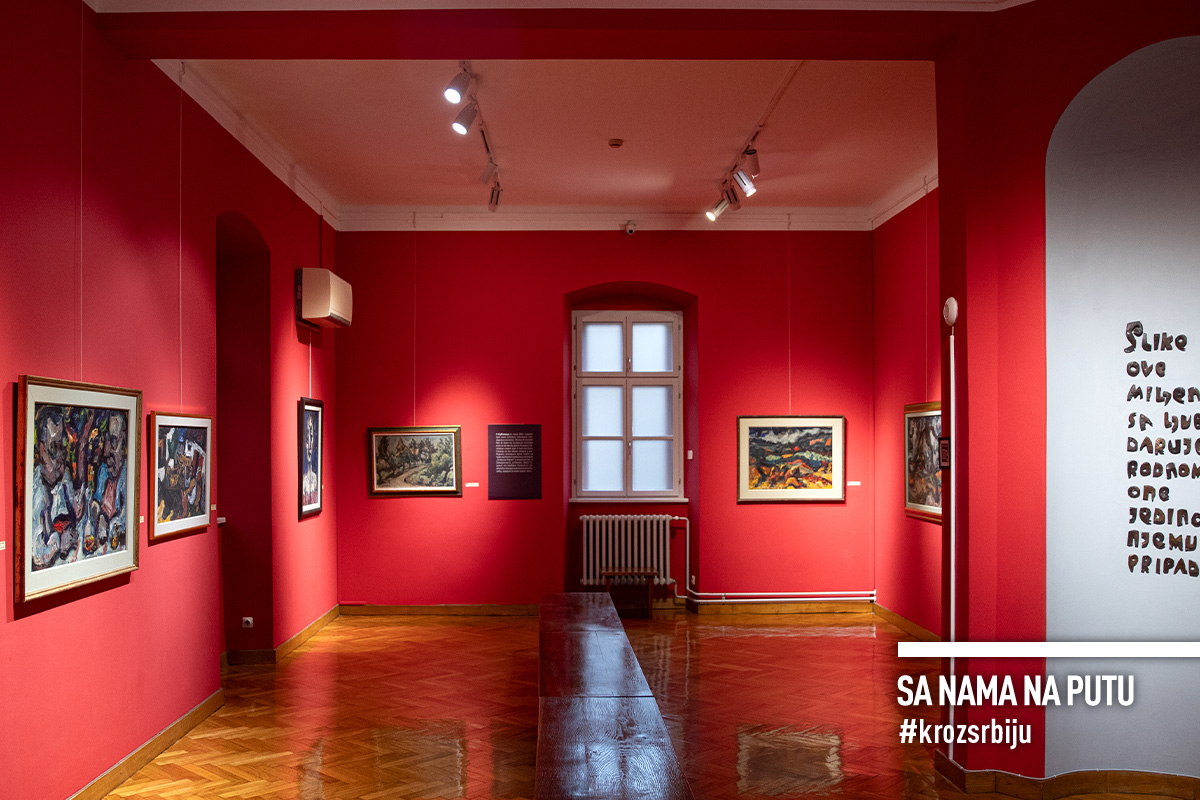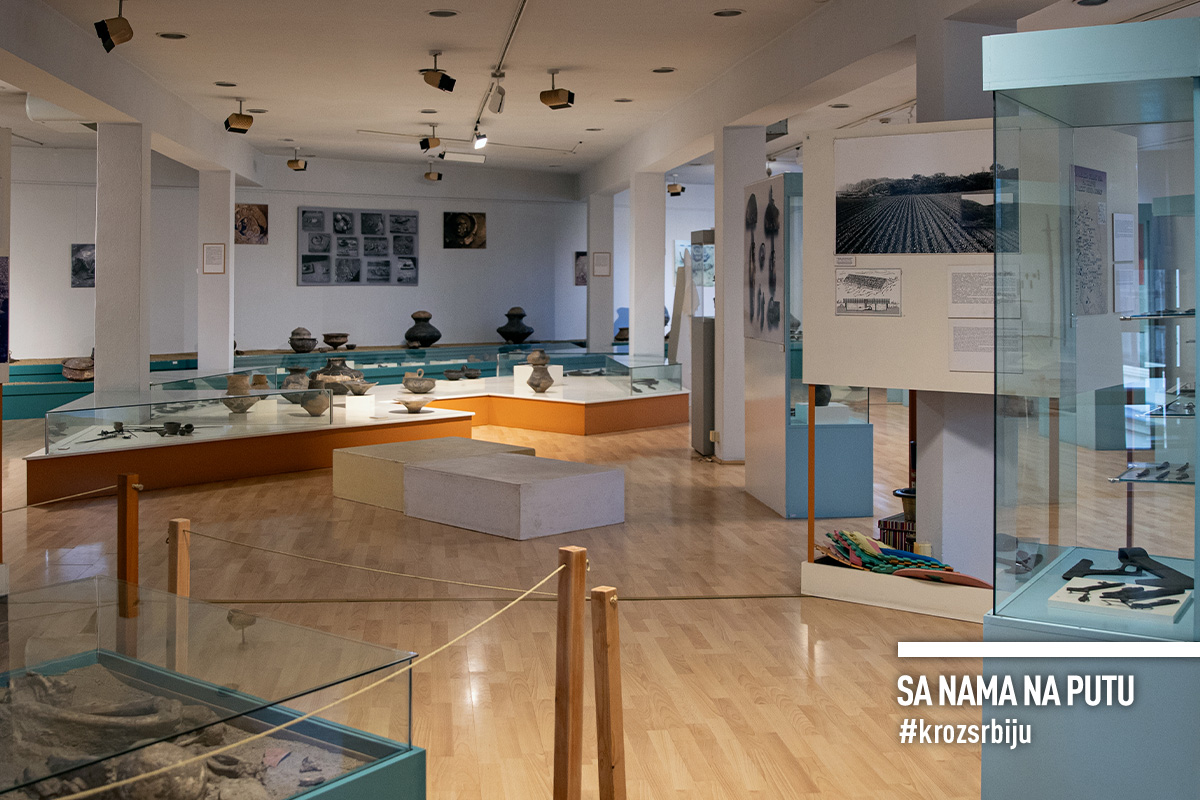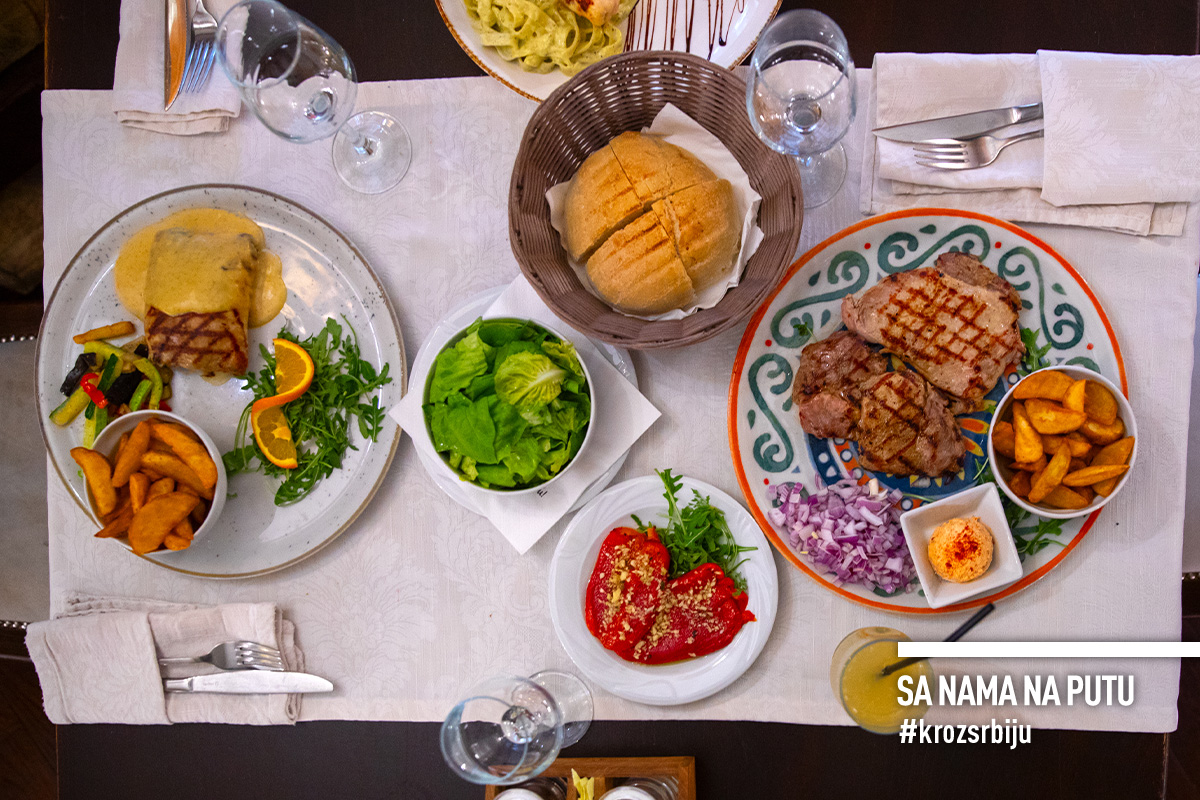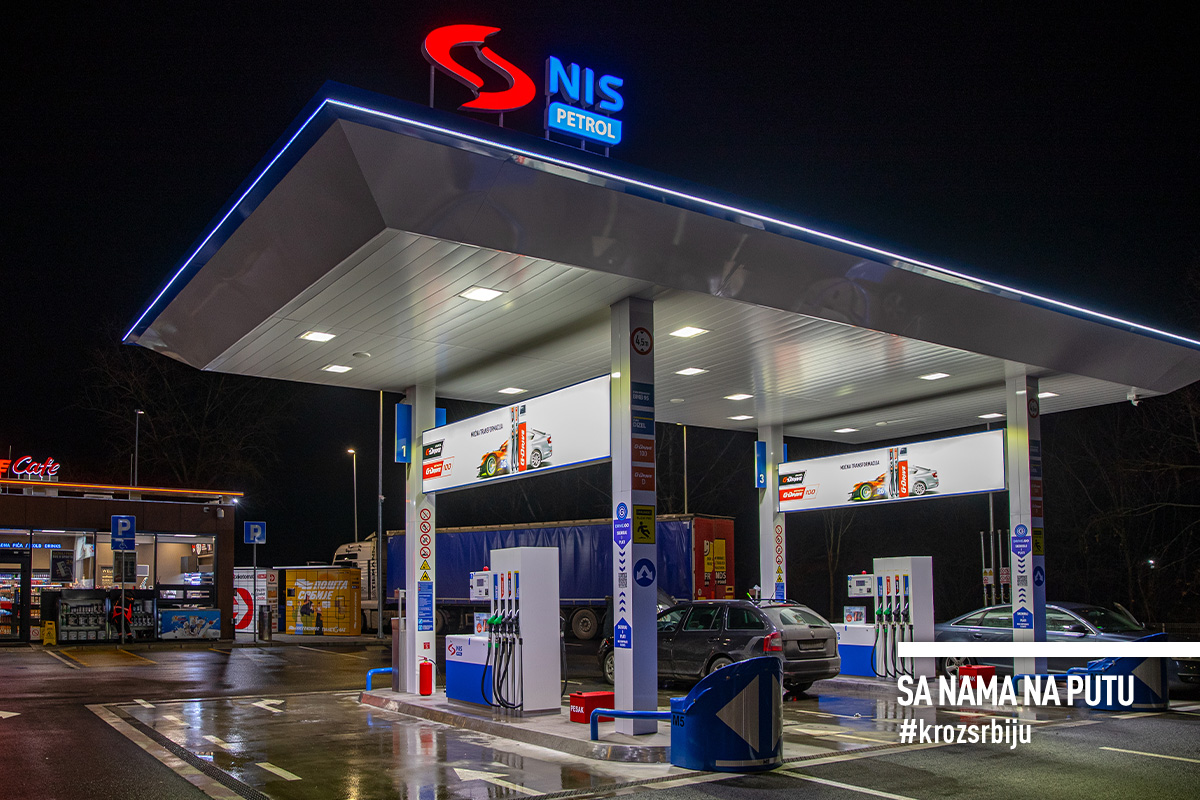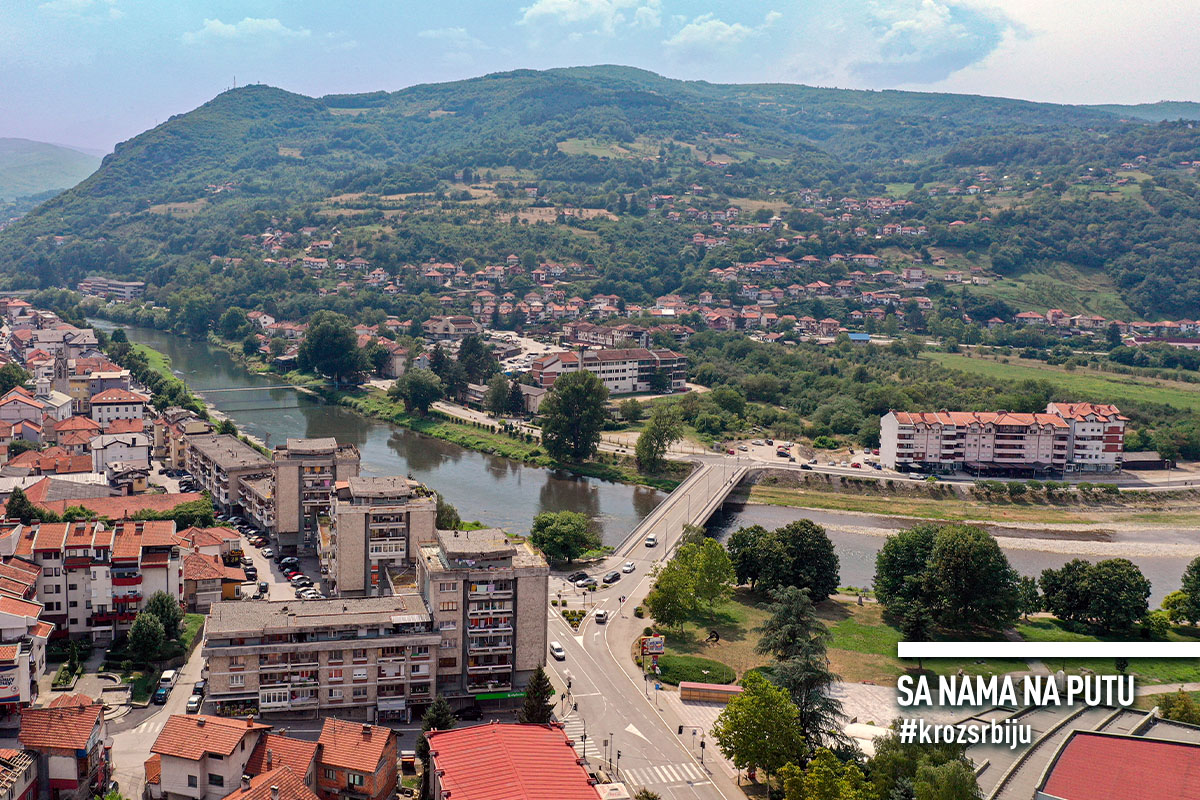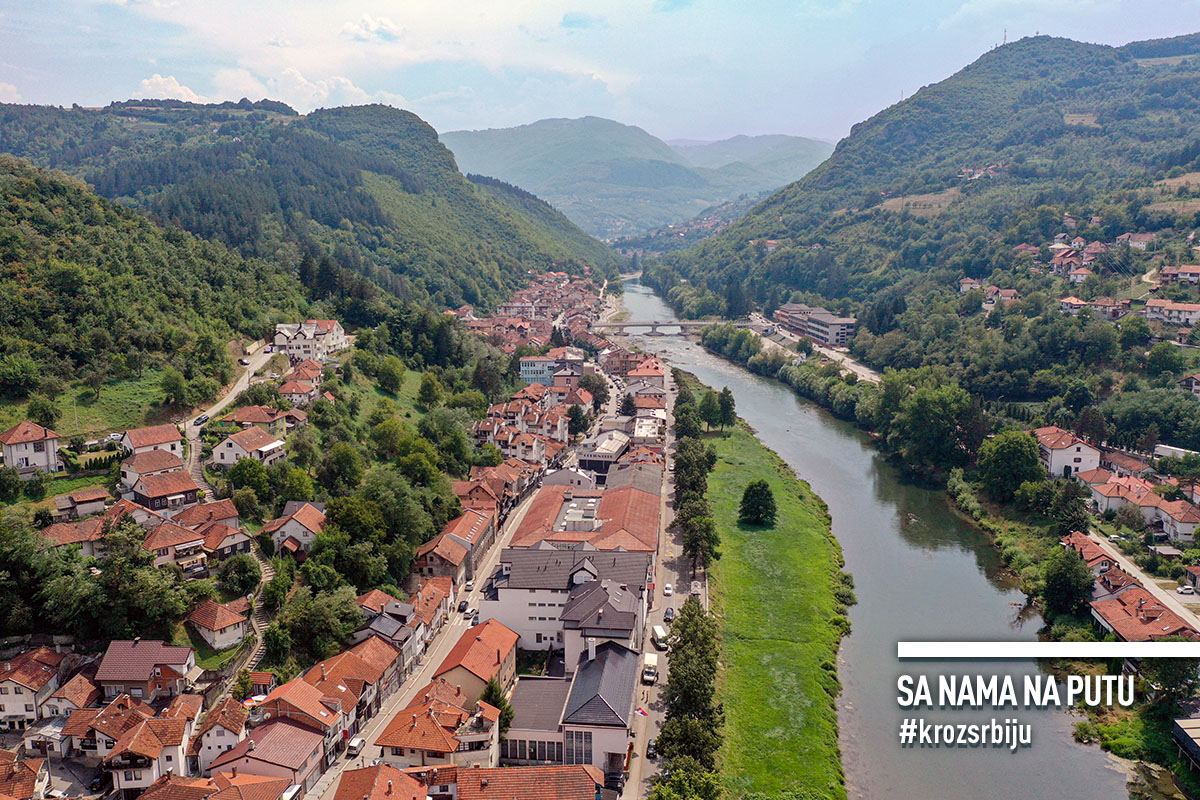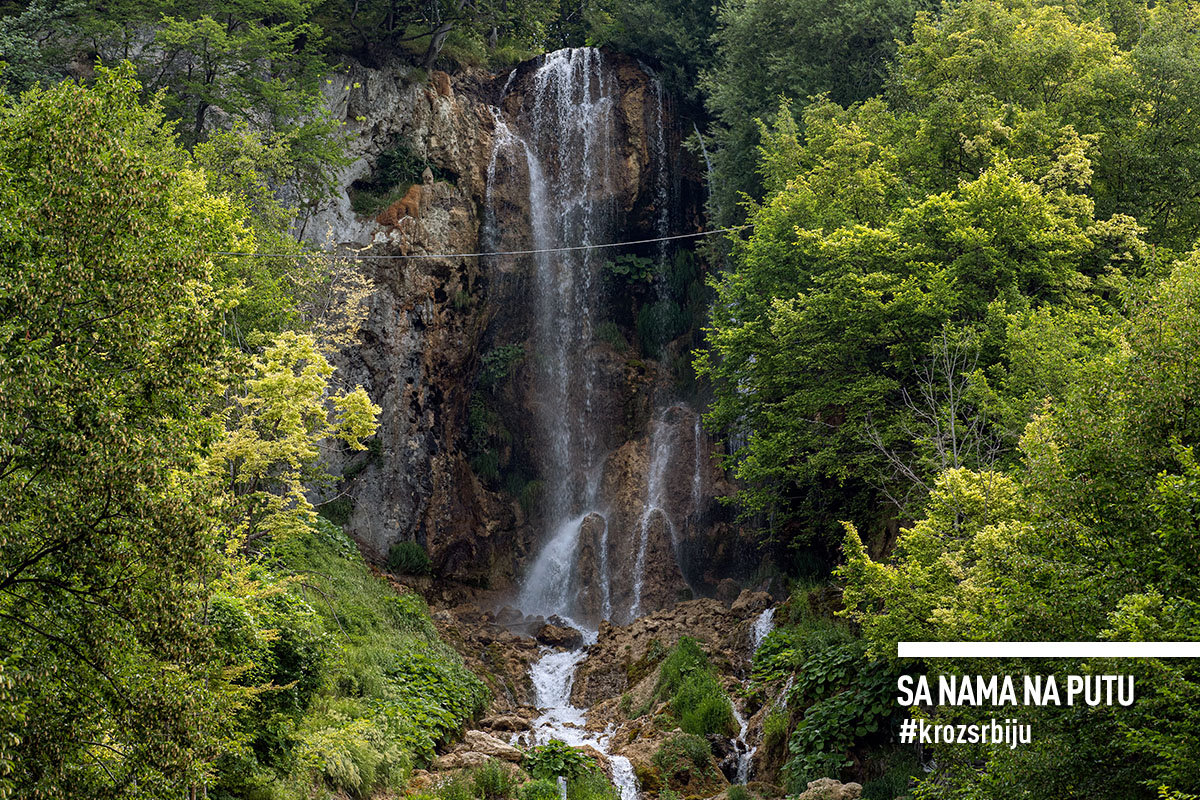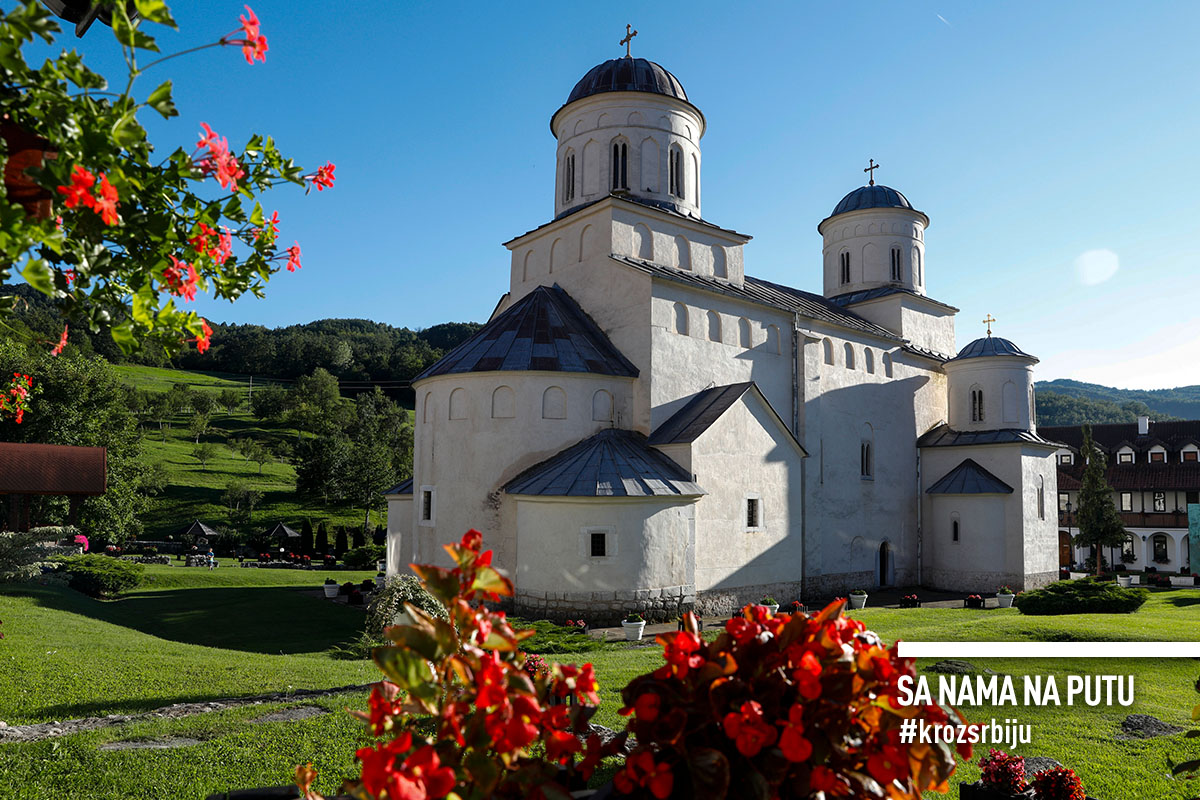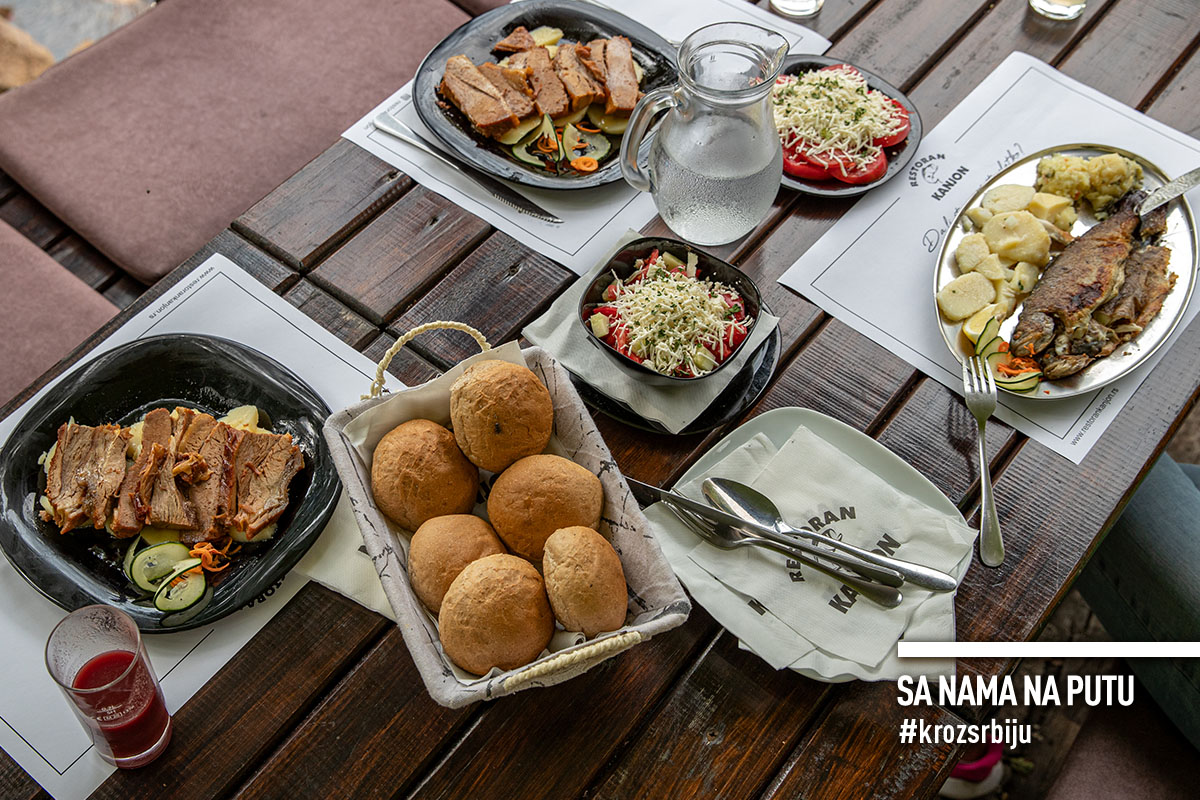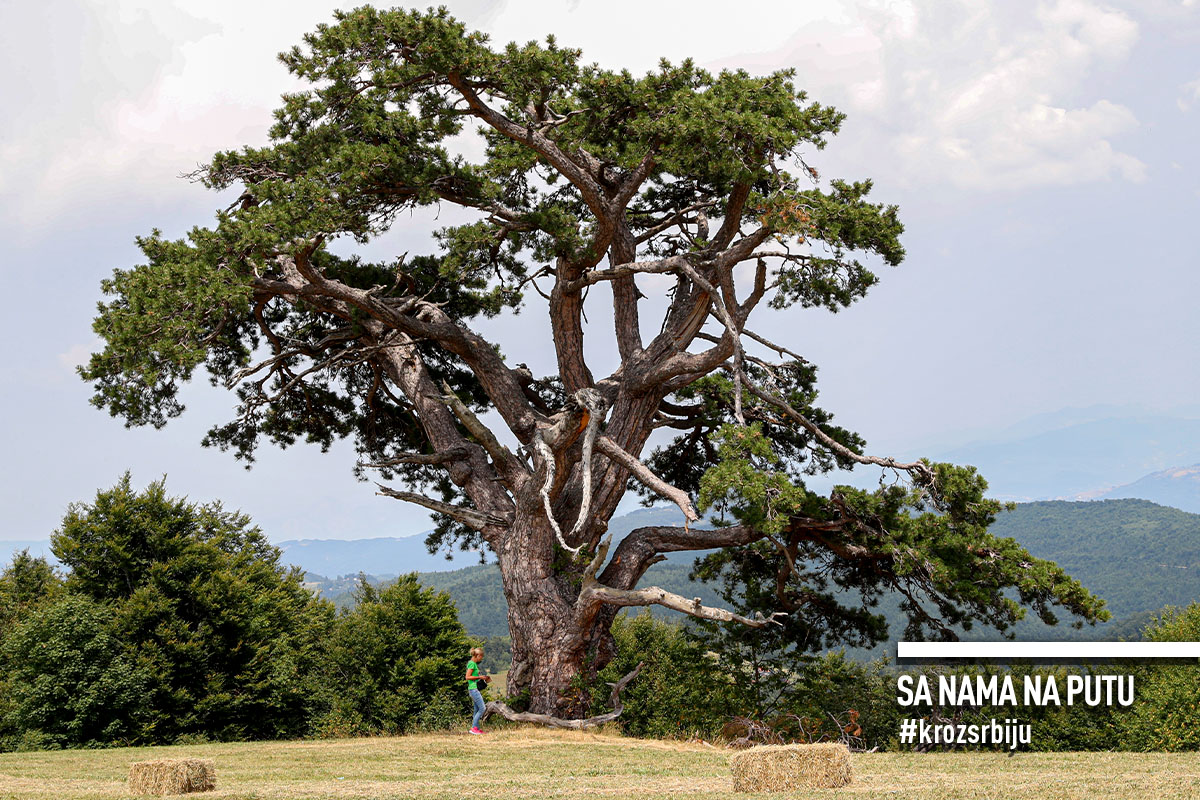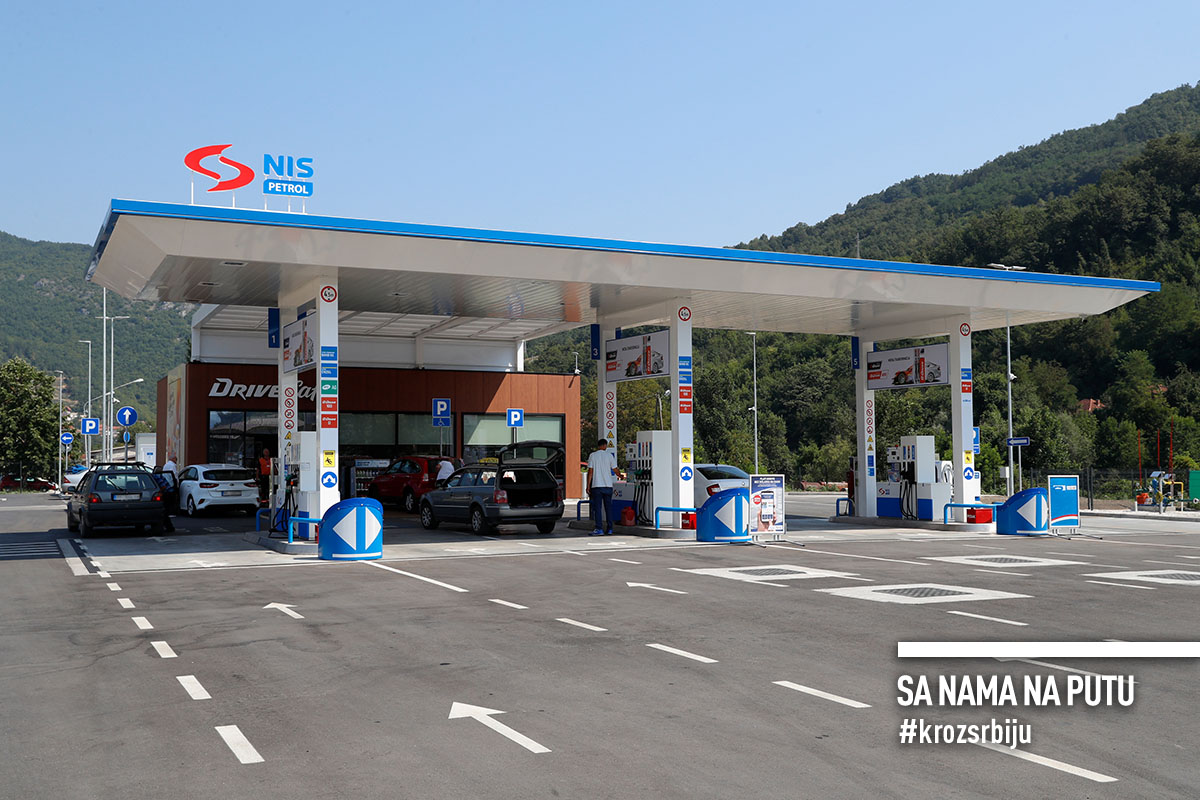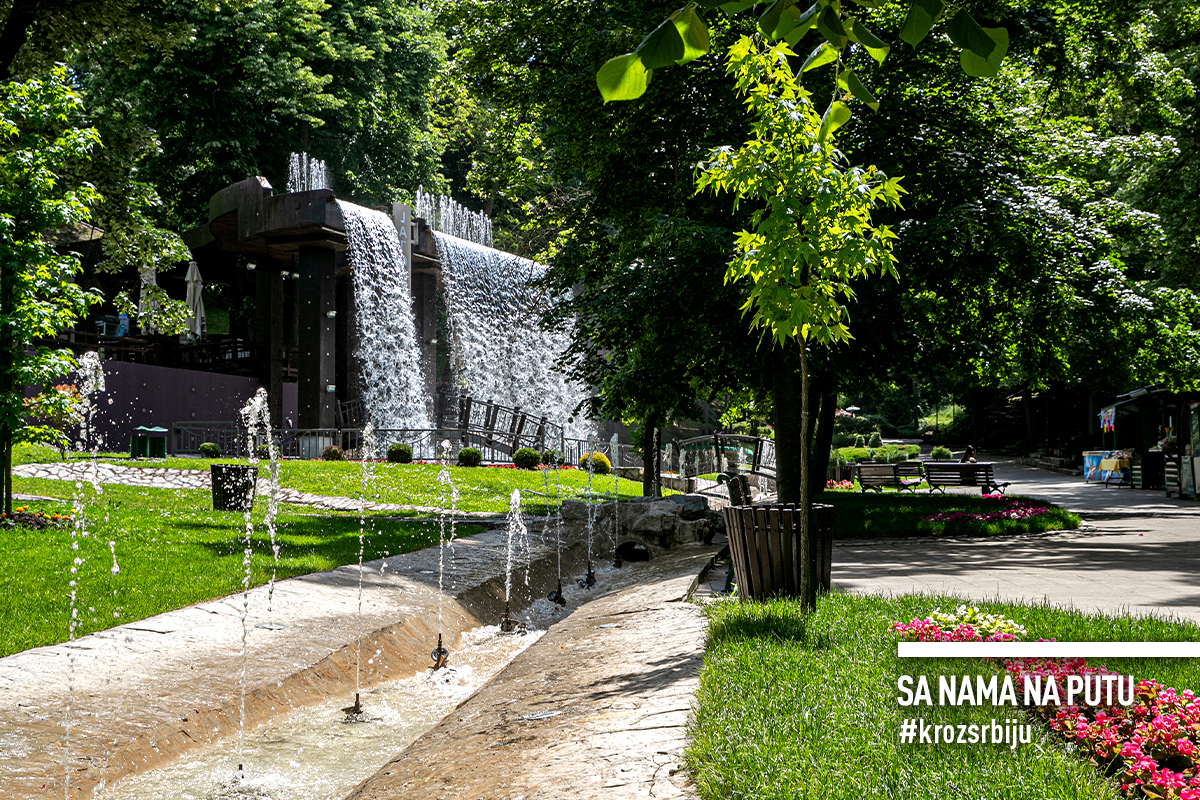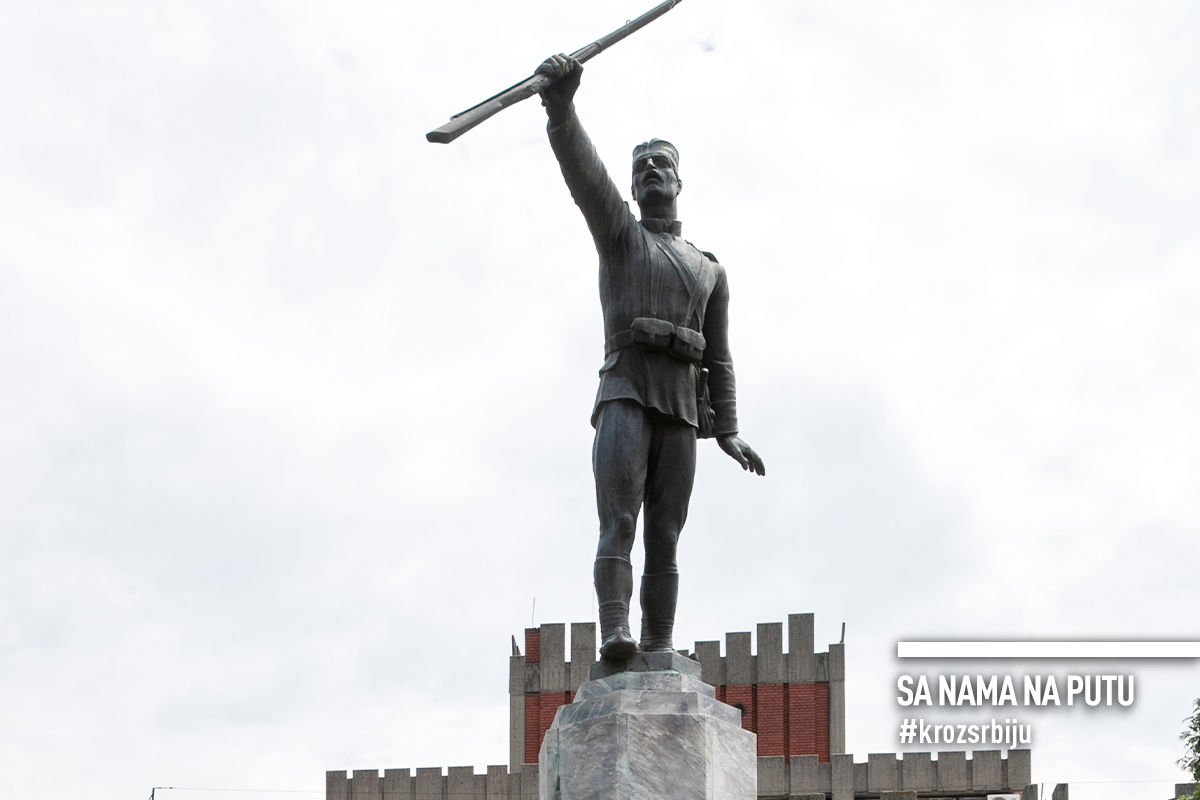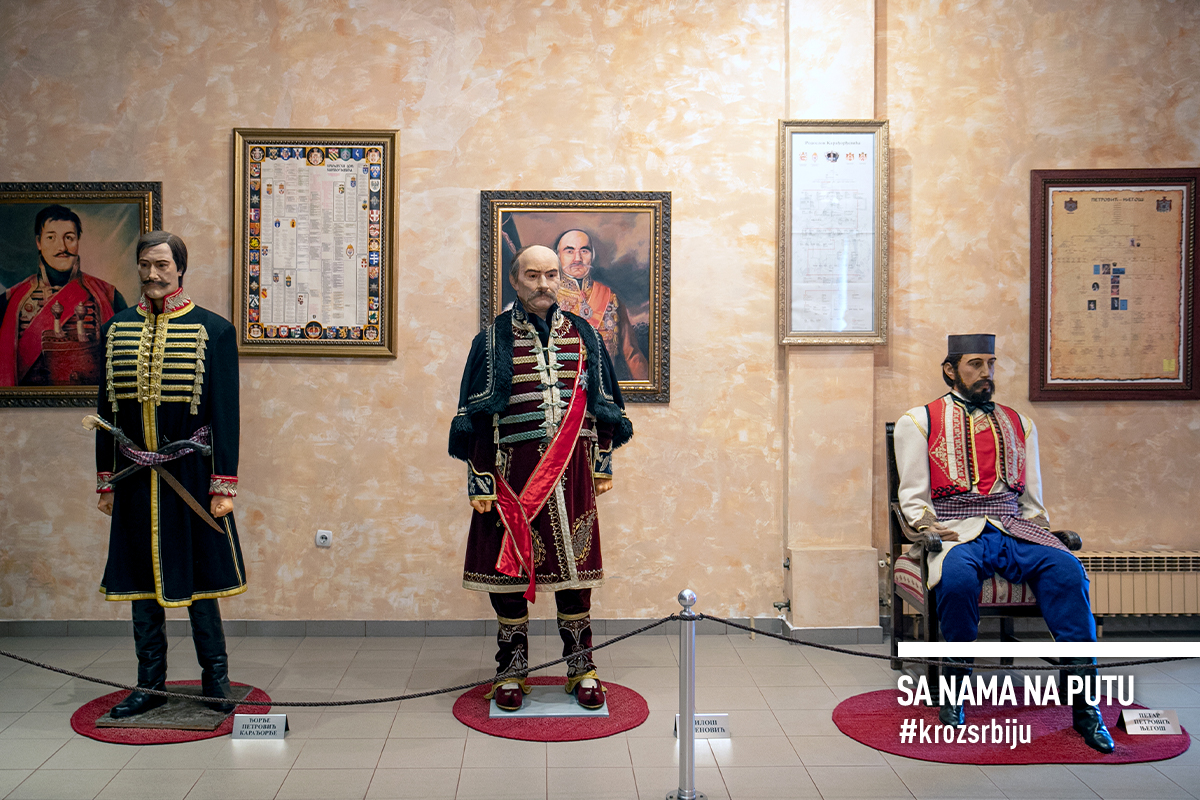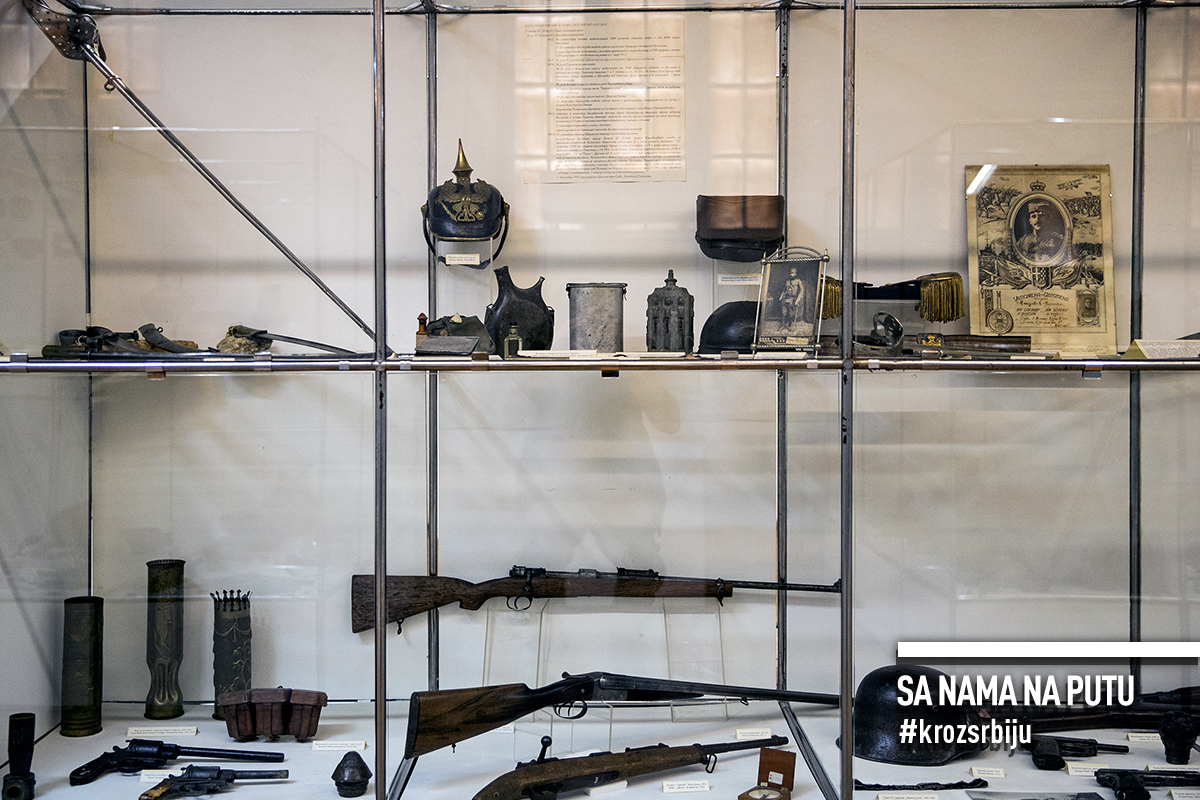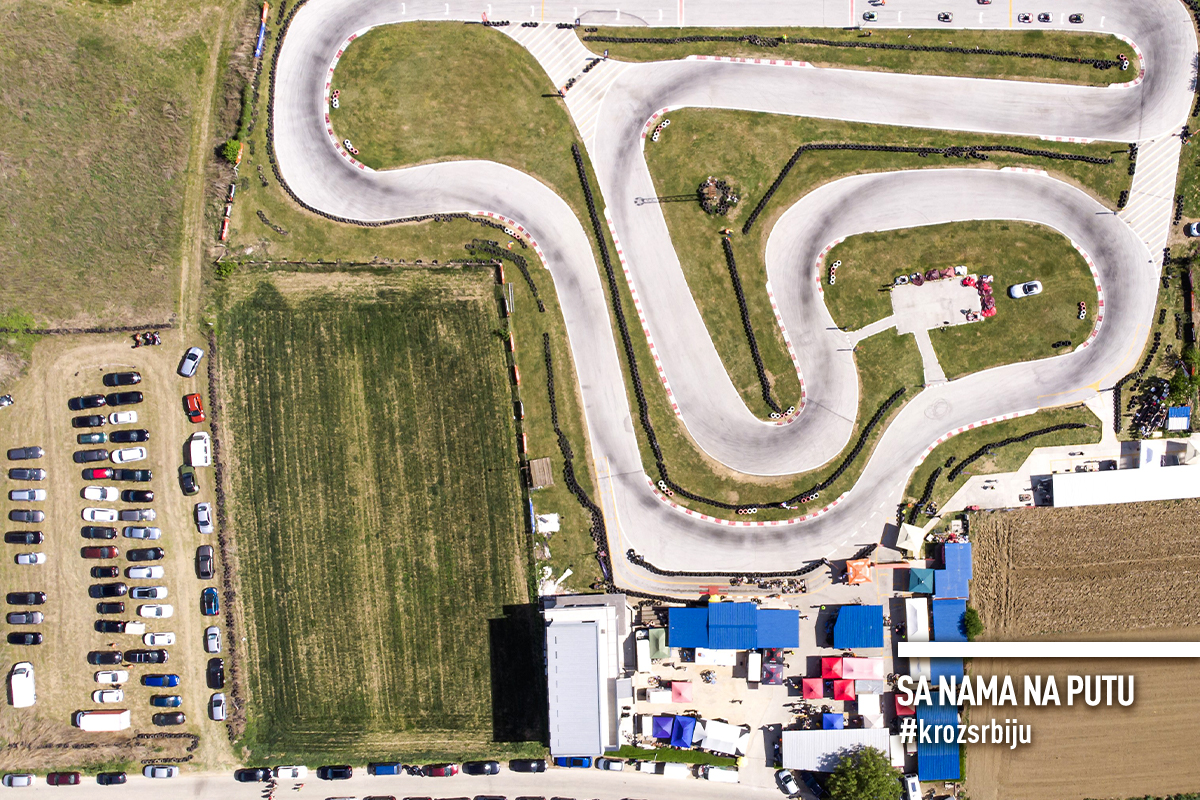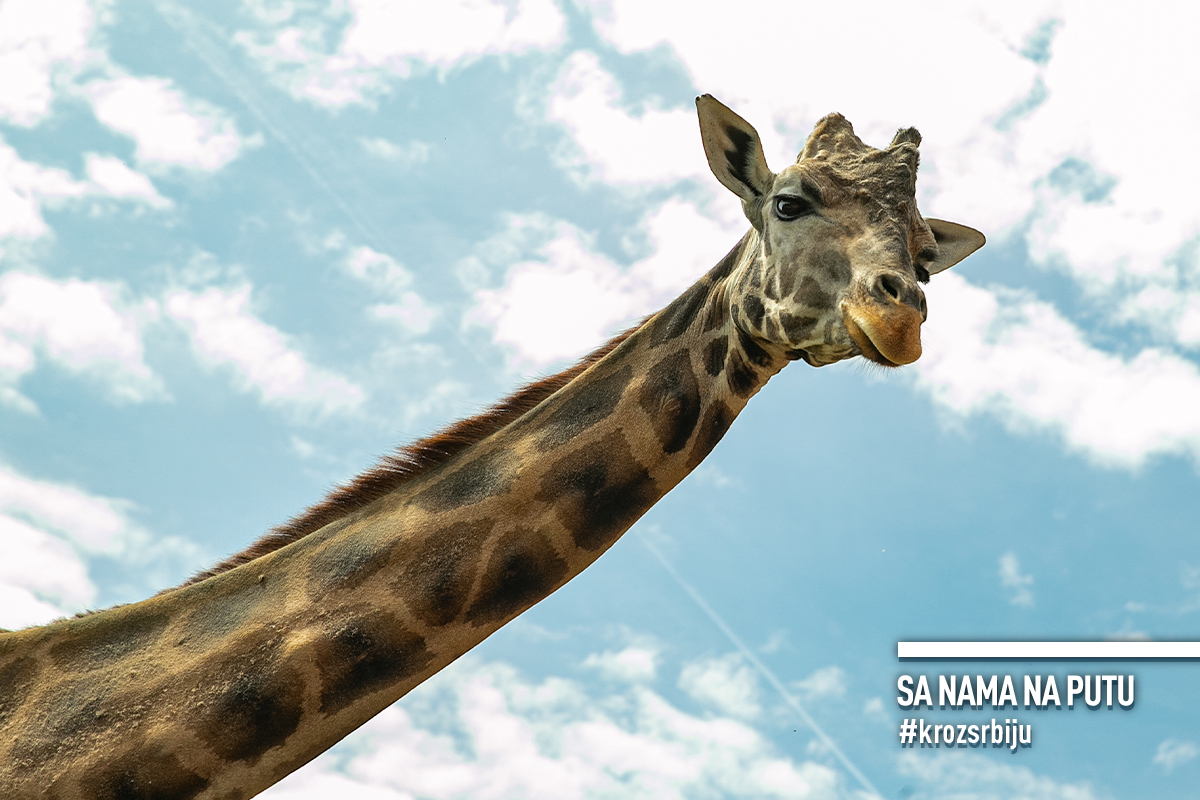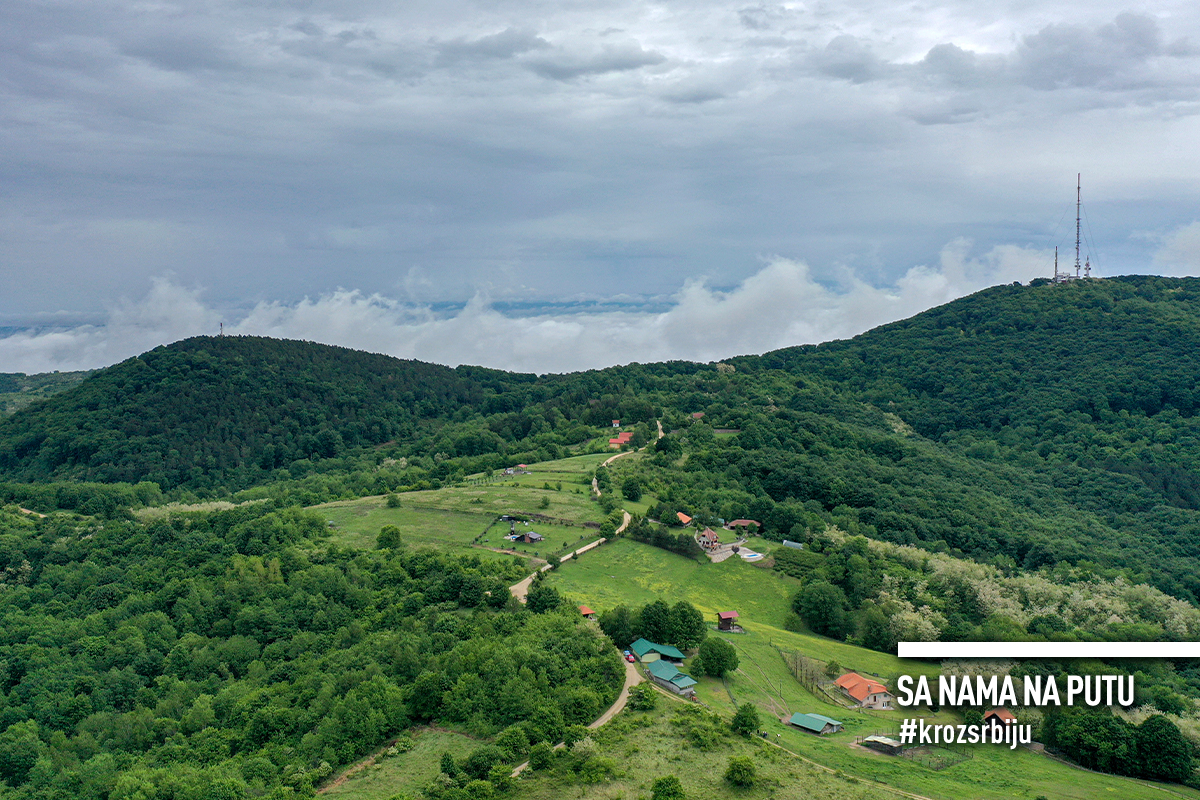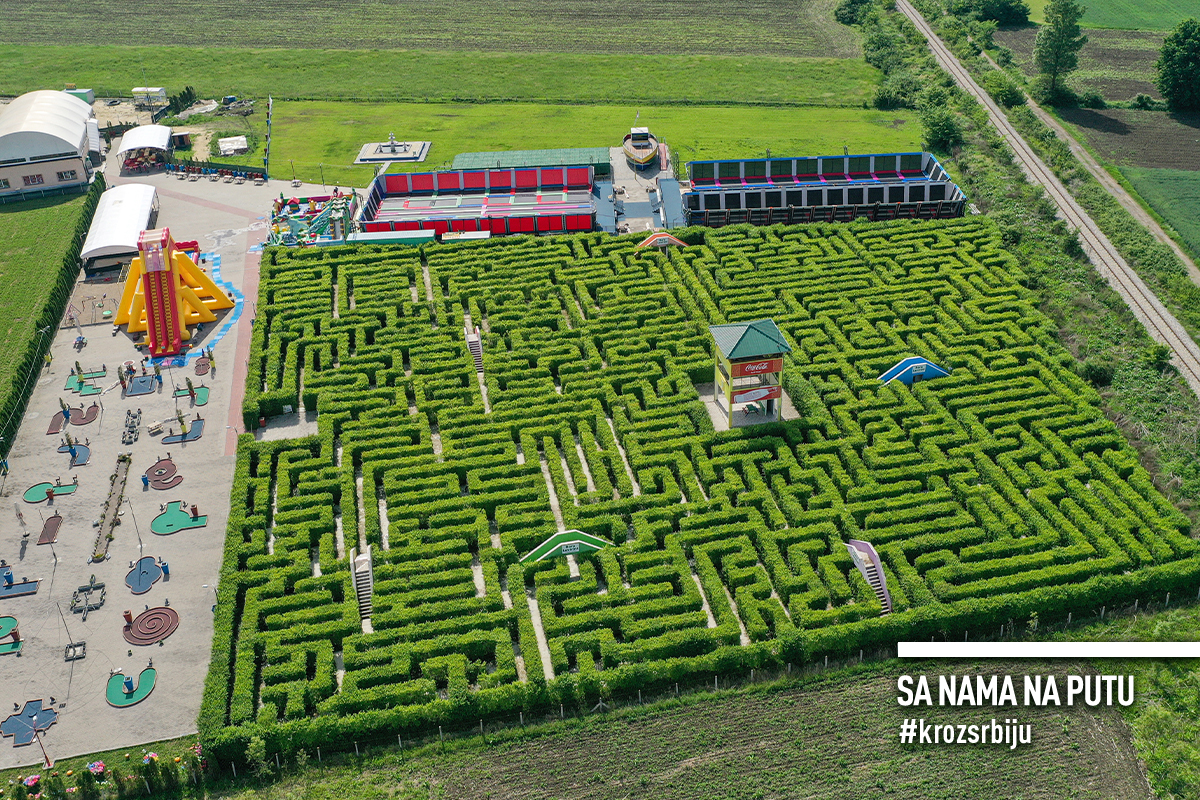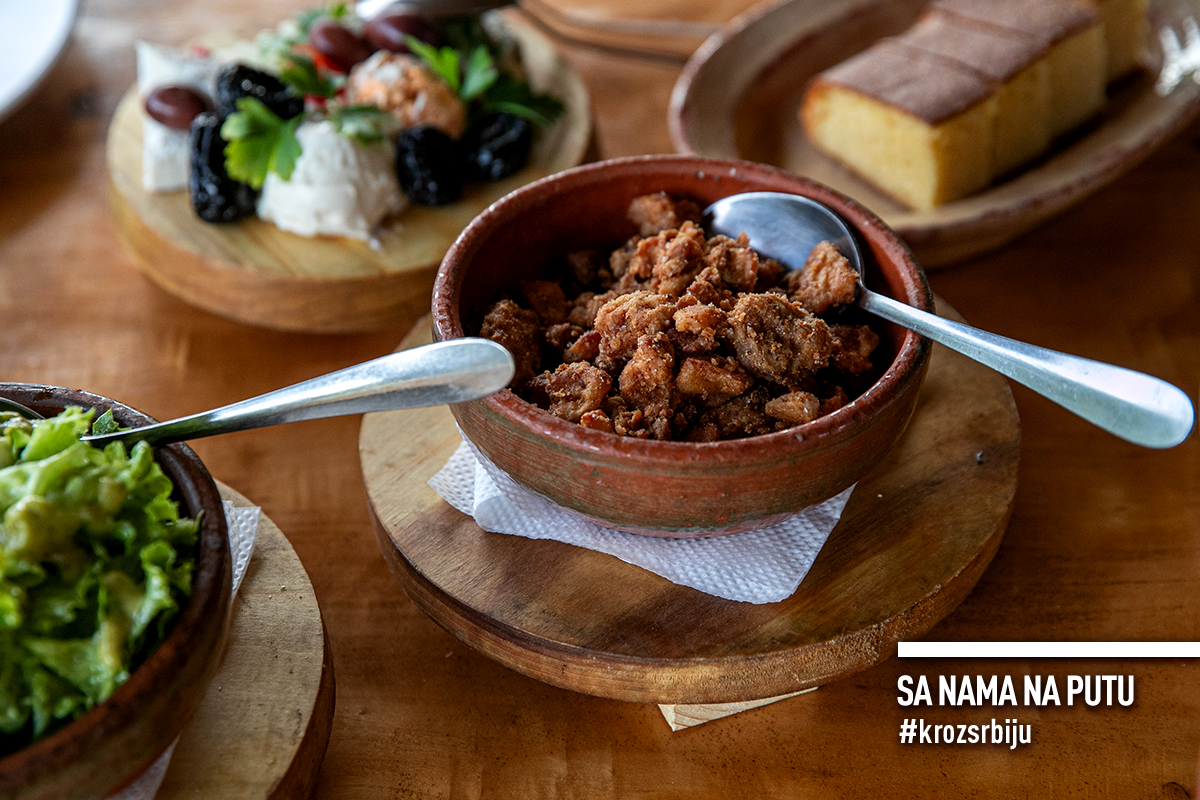Once upon a time, when the West Morava resolved to carve its way through stone and summon a gorge into being, it seemed that Ovčar and Kablar, like two wise brothers, reached a silent accord to share the burden of sanctity. In a gesture both fraternal and fair, the left bank cradled five Orthodox shrines, while the right, nestled against the slopes of Ovčar, was graced with an equal number.

VAVEDENJE MONASTERY
Nestled at the mouth of the gorge, right next to the road from Čačak bending into the embrace of mountains, Vavedenje Monastery rests in a garden of green and bloom. Tradition, echoed by Vuk Karadžić and Joakim Vujić, whispers that Saint Sava and his father, Stefan Nemanja, raised its walls. Yet history offers no firm foundation for this tale. The first written trace of its existence appears in Turkish records from the year 1528. A travelogue from the mid-19th century speaks of ruins across from the church, remnants of a medieval fortress, said to most probably rest upon the bones of a Roman stronghold. Time wore it down, and during the Great Migration of Serbs in 1690, the monastery itself fell into silence. Its first revival came at the close of the 18th century.
The original frescoes were destroyed. Yet today, the white church stands freshly painted. From its earlier days, only the imperial gates and the crucifix from the 18th-century iconostasis remain. Among its treasures are four gospels from 1552 and fragments of relics belonging to several saints.

PREOBRAŽENJE MONASTERY
Preobraženje Monastery was originally erected at the foot of the cliffs of Kablar, on the left bank of the West Morava. It was first mentioned in written records in 1525. Since its establishment, it has played a significant role in religious life and has been a place where books were written and copied. But around 1910, the monastery was torn down to make way for the railway. For the people of this region, it was a wound to the soul, a loss still mourned. Stories linger about misfortunes that befell those who ordered and approved its destruction.
On the opposite bank of the West Morava, beneath the quiet northern slopes of Ovčar, a new monastery began to rise in 1938. The vision belonged to Saint Nikolaj Velimirović, then Bishop of Žiča. He entrusted the brotherhood with a solemn mission: “To preserve the soul of the people.” The principle of life based on prayer and humility. The church is small – modest in size, yet rich in beauty and spiritual depth. A closed porch extends its embrace, though space remains tight. It’s always full of people. Day after day, people arrive. Drawn by prayer, confession, counsel, and the quiet hope of answers. They come seeking refuge from sorrow and strife. Many come with quiet hope – to be healed.
One of the most beautiful spiritual havens in Serbia welcomes visitors with quiet dignity. Modest attire is expected, and women are to veil their heads with scarves. Cordial monks, many of them young, are always there to offer guidance to every soul that seeks it. The atmosphere is steeped in prayer, yet vibrant with life. It feels neighbourly and quietly radiant. Here, the covenant of its holy bishop is not merely remembered – it is lived, day by day.

HERITAGE OF SAINT SAVA
Popularly known as Savinja, it is the metoh of the Transfiguration monastery. In the steep cliffs of Kablar, high above the waters of West Morava, Saint Sava retreated. To prayer and solitude. To embrace the homeland with height, soul and faith. And leave an end to the vow of silence and assembly. So says the devotion of the people.
A winding goat’s path leads to a miracle in the rock through the forest, over rocky rocks and steep ascents. The construction of the church began in 1938, thanks to St. Nikolai Velimirović. Even today, it is being adjusted and upgraded. Many volunteers and even children take part in frequent campaigns organised by the “Ultra Runner Serbia” community, along with the monks of the Transfiguration Monastery. On the shoulders, uphill, they bring up everything necessary for construction, each according to physical abilities and age. An example of the reputation as it is created through communion, perseverance, sacrifice, and sweat for centuries and future generations.
Peace, silence, inaccessibility, that unfathomable secrecy, and all-true spiritual power, centuries-old. A place of loneliness, but never loneliness. Far from the eyes and close to the heart of believers.

VAZNESENJE MONASTERY
The winding road that threads through the lush northern slopes of Ovčar whispers of something unseen – a quiet magic waiting to be found. And indeed, the magic awaits. Tucked behind a high stone wall and a heavy wooden gate lies a fairytale estate, low and humble, yet steeped in grace. One side leans against a striking rock face, the other is sheltered by a wooded slope and towering trees that seem to stand watch in reverence. Among several stone-built structures, a small church gently draws the eye. All made of stone. It is believed that the monastery was built upon the foundations of an older sanctuary, though its presence is firmly attested in the 16th century through a manuscript gospel penned within its walls in 1570. Like many temples scattered through the gorge, it was most likely destroyed during the Great Migration. Its resurrection began in the 1930s, guided by the vision of Saint Nikolaj Velimirović. Today, the church stands as a simple, single-nave structure, entered from the north. The interior is covered with frescos, and a small iconostasis anchors the space, while in the narthex, two marble rosettes bloom with herbal motifs.
Silence. Peace. A hush of tranquillity, wrapped in a strange and tender familiarity. Yet, it seems desolate. Above the shepherd’s peaks, there are no souls to rise in ascension.





